Nước Đức có ba con đường du lịch nổi tiếng :
Germany has three famous tourist route
– đường Romantik bắt đầu từ thành phố Würzburg cấm dứt tại thành phố Füssen. Dọc theo con đường nầy là những lâu đài , tu viện , nhà thờ , của thời trung cổ của nước Đức.
The romantic road (German: Romantische Straße) is a „theme route“ devised by promotion-minded travel agents in the 1950s. It describes the 350 kilometres (220 mi) of highway between Würzburg and Füssen in southern Germany.The romantic road is known especially for it’s attractive landscape and serves as an important point of orientation for holiday planing. Almost all intermediate stops are surrounded by an extraordinary landscape or a unique townscape full of historic buildings or structures.
– đường Romanik bắt đầu từ thành phố Magdeburg , có hình con số 8 . Con đường nầy là con đường truyền đạo thiên chúa giáo thời trung cổ của nước Đức .
The Romanesque Road (Straße der Romanik) is a scenic route in the German state of Saxony – Anhalt . It is part of the Transromanica network, a major European Cultural Route since 2006. The route takes the form of a figure-of-eight, with a northern and a southern loop, and the city of Magdeburg as it centre, linking village churches, monasteries, cathedrals and castles built between 950 and 1250 and which therefore represent the emergence of Christianity in this part of Germany.
– đường di sản công nghiệp Châu Âu gồm những tuyến đường nói về nguồn gốc và lịch sử công nghiệp Anh , Hà Lan , Bỉ , Luxembourg , Pháp , Đức , Thuỵ Điển và Na Uy.
The European Route of Industrial Heritage (ERIH) is a network (theme route) of the most important industrial heritage sites in Europe. The aim of the project is to create interest for the common European Heritage of the Industrialisation and its remains. ERIH also wants to promote regions, towns and sites showing the industrial history and market them as visitor attractions in the leisure and tourism industry.
Ba con đường trên tôi đả đi tham quan gần hết trong 4 năm . Trong những chuyến đi về Việt Nam du lịch , tôi đi ngược giòng thời gian , theo vết chân của vị vua cuối cùng triều Nguyễn , vua Bảo Đại . Tôi đi qua những địa danh rất đẹp , có nhiều di tích củ.
Tôi tự đặt thành một con đường du lịch cho Việt Nam mà cho tới ngày hôm nay chưa có ai biết . Đường Hoàng Triều Cương Thổ© , đường nầy theo tôi là con đường đẹp nhất , đẹp hơn ba con đường ở trên . Dọc theo con đường nầy có những dinh thự, kiến trúc . Nó phong phú hơn con đường Romantik , vì có nhiều tôn giáo : thiên chúa giáo , phật giáo , tin lành và cao đài giáo. Nó đẹp hơn đường Romanik và đường di sản công nghiệp vì nó có biển , núi , hồ .
The Hoàng Triều Cương Thổ road © is a “ theme route “ devised by me in the 2015, after my trip to Viet Nam. It describes the 1146 kilometers between Da Lat , Buon Ma thuot, Nha Trang , Hue and Vung Tau . The Hoàng Triều Cương Thổ road © ist know especially for it´s attractive landscape, churches , monasteries , temples , unique townscape full of historic buildings or structures. The road therefore represent the emergence of Christianity in this part of Viet Nam.
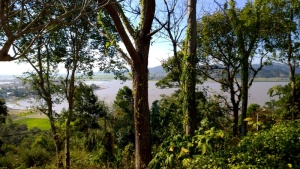
Đường Hoàng Triều Cương Thổ© bắt đầu từ Đà Lat , Buôn Ma Thuột , Nha Trang , Huế chấm dứt ở Vủng Tàu . Trong ba năm liên tiếp tôi đả đi hết con đường Hoàng Triều Cương Thổ© . Tôi xin giới thiệu các bạn con đường nầy.
The Hoàng Triều Cương Thổ road © starting at Da Lat, Buon Ma Thuot, Nha Trang, Hue and ended in Vung Tau. For three years I have gone the Hoàng Triều Cương Thổ road ©. I would like introduce you about this path.
Dat Aliis Laetitiam Aliis Temperiem, có nghĩa cho người này nguồn vui, cho kẻ khác sức khỏe , là một tỉnh lỵ của tỉnh Lâm Đồng , nằm trên cao nguyên Langbiang với độ cao 1.500 mét so với mực nước biển . Từ xa xưa, vùng đất này vốn là cư trú của những cư dân người Lạch, người Chil và người Srê thuộc dân tộc Cơ Ho.
During the 1890s, explorers in the area (including the noted bacteriologist Alexandre Yersin, protégé of the renowned French chemist Louis Pasteur), which was then part of the French territory of Cochinchina, asked the French governor-general, Paul Doumer, to create a resort center in the highlands. The governor agreed. The original intended site for the hill station was Dankia, but Étienne Tardif, a member of the road-building expedition of 1898-99, proposed the current site instead. In 1907, the first hotel was built. Urban planning was carried out by Ernest Hébrard. [1]
Đà Lạt có rất nhiều khách sạn , đây là những khách sạn tôi đả ngũ đêm
khach san Lam Vien . En vacances en 1933 dans l’élégante station climatique de Dalat, Marie-Thérèse Nguyễn Hữu Thị Lan est entraînée par son oncle, contre son gré, à une réception au Langbian Palace, donnée par le gouverneur Pierre Pasquier où l’ancien résident en Annam, M. Charles, et le maire de Dalat, ont l’intention de les présenter au jeune roi Bao Dai, rentré de France depuis un an. Les deux jeunes gens ont reçu une éducation moderne à l’européenne.
Empereur Bảo Đại , prince Nguyễn Phúc Vĩnh Thụy
Impératrice Nam Phuong (Parfum du Sud), née Jeanne Marie-Thérèse Nguyễn Hữu Thị Lan
Originally called the Lang-Bian Palace Hotel, it was completed and opened in 1922, at the height of an economic boom, and was designed to be a site of colonial leisure and power. The hotels monumentalism, modernity, luxury and location made it a conspicuous symbol of French domination over the Indochinese central highlands. Architectutrally the Palace followed metropolitan French resort styles, merging elements of spa towns like Vittel with seaside architectural elements borrowed from towns like Cabourg or Cannes. French novelist w:fr:Morgan Sportès, in his depiction of Indochina during WW2, has described it as reminiscent of the Negresco Hotel, in Nice . ( Hotel Da Lat Palace History )
Năm 1946 khách sạn nầy là nơi hội nghị Đà Lạt trù bị cho hội nghị Fontainebleau vào tháng bảy 1946 . Phòng 101 đả từng là phòng nghỉ của ông Võ Nguyên Giáp và phòng 103 là phòng nghỉ của ông Nguyễn Tường Tam ( Nhất Linh ) , khi hai ông đến Đà Lạt tham dự hội nghị Đà Lạt trù bị năm 1946.
Hội nghị Đà Lạt còn gọi là Hội nghị trù bị Đà Lạt họp từ ngày 19 tháng 4 đến ngày 11 tháng 5 năm 1946 tại Đà Lạt, là một hội nghị dự bị, gặp gỡ giữa 2 phái đoàn Việt và Pháp chuẩn bị cho Hội nghị Fontainebleau chính thức vào tháng Bảy năm ấy.[2]
Dalat Conference also called Dalat Conference Preparatory Meeting from April 19 to May 11, 1946 in Dalat, is a preparatory conference, meeting between Vietnamese and French prepare for the Fontainebleau Conference t in July of that year. The Delegations stay in Da Lat Palace and the Cogress takes place also in Da Lat Palace.
The Fontainebleau conference is a conference between the French Government and the Viet Minh held in the summer of 1946 in Fontainebleau (Seine-et-Marne) to find a solution to the conflict and the independence of Viet Nam.
Vietnamese delegation, Head of Delegation. Nhat Linh (1905-1963), Minister of Foreign Affairs.
The delegation of France, Head of Delegation. Georges Thierry d’Argenlieu (1889-1964), Admiral, High Commissioner in Indochina.
Đoàn đại biểu Việt , Trưởng đoàn. Nguyễn Tường Tam (1905-1963), Bộ trưởng ngoại giao
Võ Nguyên Giáp, Chairman of Military Commission and head of military delegation, the Minister of Internal Affairs (1946), Defence and general commander of the National Army and militia Vietnam, Deputy Group
Đoàn đại biểu Pháp, Trưởng đoàn. Georges Thierry d’Argenlieu (1889-1964), Đô đốc hải quân, Cao ủy Pháp tại Đông Dương.
Max André, Senator, advisor Seine county, former bank director Lotus, Hanoi, Deputy Group
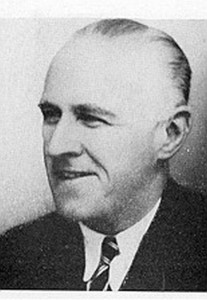
ANDRÉ (Max)
Né le 5 juillet 1893 à Vannes (Morbihan)
Décédé le 12 septembre 1977 à Paris (XVIe)
Conseiller de la République de la Seine de 1946 à 1947
Petit fils du député protestataire de Moselle à l’Assemblée nationale de Bordeaux en 1871, Prosper André ; fils du premier président de la Cour de cassation, membre de l’Institut, Paul André, Max André, après des humanités aux lycées de Rouen et d’Angers
phòng 101 , tầng trệt
phòng 103 , tầng một
Từ balcon nhìn ra hồ Xuân Hương
Sân thượng
Núi Lang Biang là hai ngọn núi: Núi Ông và núi Bà nằm cách thành phố Đà Lạt 12 km thuộc địa phận huyện Lạc Dương. Núi Bà cao 2.167 m so với mặt nước biển., núi Ông cao 2.124 m so với mặt nước biển. Ngoài ra trong khu du lịch còn có ngọn đồi Ra-đa cao 1.929 m, ngọn đồi này cũng là một địa điểm quen thuộc đối với du khách. Nhìn từ trung tâm thành phố Đà Lạt Núi Bà nằm bên trái, núi Ông nằm bên phải. Langbiang được ví như „nóc nhà“ của Đà Lạt, và là điểm tham quan du lịch hấp dẫn của thành phố Đà Lạt. [1]
Từ Da Lat Palace có một đường hầm đi qua Cafe de la poste và Hotel du Parc Da Lat . Ở Da Lạt có nhiều khách sạn năm sao : Ana Mandara Resort , DaLat Edensee. Nhưng hai khách sạn nầy không có bề dầy lịch sử như Da Lat Palace.
Ana Mandara Resort gồm nhiều biệt thự Pháp nằm trên đồi thông , có hồ tắm ngoài trời , yên tỉnh và đẹp. Từ Ana Mandara xuống trung tâm , chợ Đà Lạt khoảng 3 km.
Ana Mandara’s seventeen villas each have personalized rooms nearly identical in style to their 1930s counterparts.
Edensee Dalat Resort nằm bên hồ Tuyền Lâm . Đẹp và yên tỉnh , kiến trúc và trang trí theo kiểu Đức.
Dalat Edensee’s philosophy of true retreat has its origin in the Rheingau area – a wine-growing region in the West of Germany. Sophisticated and comfortable, flourishing and pure, unattached and pleasant are words that award a distinctive charm to this very particular region. The majesty of ancient castles, embedded in an ocean of elegant green beeches and oaks, the unique architecture of old European villages in Rheingau’s boundless vineyards, and its boasting vibrant nature portray manifold, infallible parallels with Vietnam’s landmark destination Dalat. [5]
Hotel empress nằm trên một ngọn đồi , nhìn ra hồ Xuân Hương , cách chợ Đà Lạt khoảng 200 thước . Gần đó là Villa của Bảy Viển và Villa của ông Ung Thị .
Hotel du parc Đà Lạt
The Du Parc Hotel Dalat, has since 1932 embraced and received travelers, from the colonial administrators, hunters, adventurers, traders of the turbulent past, to the modern travelers and tribalists, in search of answers to the riddles of our past and the transitions of history.
The hotel was conceived as a boutique hotel, graced with elegant décor, high ceilings, reverent wooden floors, that have recorded the stays and paused steps of the noble and illustrious travellers such as the poignant Thomas Ennis, the progressive Alesandre Varenne, Jean Delacour, Morgan Sporètes and the narrative of Madam Marguerite Duras, all caretakers and storytellers, of the incredible human voyage, through history and time. ( Hotel du parc Da Lat History ).
Duras tên thật là Marguerite Donnadieu. Bà sinh ra tại Gia Định, Đông Dương (thành phố Saigon ngày nay). Duras đoạt giải thưởng Goncourt với Người tình (L’Amant), cuốn tiểu thuyết viết về cuộc tình nồng nàn và lãng mạn giữa bà với điền chủ gốc Hoa giàu có Huỳnh Thủy Lê tại Sa Đéc. Cả hai bắt đầu gặp gỡ nhau trên một bến phà nối liền Vĩnh Long và Sa Đéc hơn 75 năm trước, khi bà và gia đình đến sống tại Sa Đéc. Người tình là một thành công lớn, được dịch ra hơn 40 thứ tiếng và được dựng thành phim vào năm 1992.[1]
Marguerite Donnadieu, known as Marguerite Duras ( 4 April 1914 – 3 March 1996), was a controversial French novelist, playwright, scriptwriter, essayist and experimental filmmaker. Duras was born in Gia-Dinh (a former name for Saigon), Cochinchina, French Indochina (now Vietnam), after her parents responded to a campaign by the French government encouraging people to work in the colony. The Lover (French: L’Amant) is an autobiographical novel by Marguerite Duras, published in 1984 by Les Éditions de Minuit. It has been translated to 43 languages and was awarded the 1984 Prix Goncourt. It was adapted to film in 1992 as The Lover.[1]
Jean Théodore Delacour (26 September 1890 – 5 November 1985) was an American ornithologist of French origin. He was renowned for not only discovering but also rearing some of the rarest birds in the world. One of the birds he discovered was the imperial pheasant, later found to be a hybrid between the Vietnamese pheasant and the silver pheasant.[1]
Tastefully decorated, the 140 rooms are beautifully different. All are extremely comfortable and spacious and most have balconies. The friendly service of the staff deserves special mention, and whether you take hot or cold milk with your coffee they have the knack of remembering the details of your preferences. It goes without saying that reservations for excursions or restaurants are efficiently made and organized by reception.
The French endowed the city with villas and boulevards, and its Swiss charms remain today. Hébrard included the requisite health complex, golf course, parks, schools, and homes but no industry. The legacy of boarding schools where children from the whole of Indochina were taught by French priests, nuns, and expatriates still existed as late as 1969. In 1929, the Christian and Missionary Alliance established a school (Dalat International School) for Canadian and American children of missionaries serving in Southeast Asia. In 1965, the school moved to Bangkok, Thailand; then in 1966 to the Cameron Highlands in Malaysia and then, in June 1971, moved to its present location in Georgetown, Malaysia. There were seminaries of Jesuits (such as Pius X Pontifical College) and other orders.[1]
Couvent des Oisseaux, Notre Dame du Lang Bian
xây vào năm 1935 và là trường trung học đầu tiên dạy tiếng Pháp tại Đà Lạt .
Ancien internat de Notre-Dame du Lang Bian tenu par la congrégation de Notre-Dame à Dalat entre 1935 et 1975 (filiale de ND des Oiseaux de Verneuil).
The Catholic order of Notre Dame created a lycée for girls, which it named Notre Dame de Lang Bian . Later , the school changed its name to “ Couvent des Oiseaux „; it was prestigious school reserved for girls from wealthy French and Vietnamese families. The school also received students from Cambodia and Laos.
Nguyễn Văn Thiệu ( 5 April 1923 – 29 September 2001, was the president of South Vietnam from 1965 to 1975) daughter graduates this school.
Nhà thờ Domaine de Marie còn được gọi là nhà thờ Vinh Sơn (vì là nguyện đường của các soeurs Nữ Tử Bác Ái Vinh Sơn), nhà thờ Mai Anh (vì trước đây khu vực này có rất nhiều hoa mai anh đào. Nhà thờ được xây dựng từ năm 1930. Từ năm 1943, nhà thờ được xây dựng lại với một dạng kiến trúc độc đáo. [3]
The Domaine de Marie Church, also called Mai Anh Church or Cherry Church, is home to the Roman Catholic nuns of the Mission of Charity. It was built from 1930 to 1943 following the 17th century French style. Before 1975, this is the main abbey with more than 50 female nuns, most of which are Vietnamese who carry out social activities like opening orphanages.
Le Domaine de Marie ( Mai Anh) est un couvent catholique situé à Dalat au Viêt Nam construit de 1930 à 1940 par la congrégation des Filles de la Charité de saint Vincent de Paul.
La chapelle, s’inspirant de l’architecture normande du XVIIe siècle modernisée au goût du XXe siècle, mélange aussi des éléments locaux, de même que l’ensemble des autres bâtiments du couvent, comme le montrent les toits en pente typiques de l’architecture des hauts plateaux. La chapelle mesure 33 mètres de longueur et 11 mètres de largeur. Le Domaine de Marie abritait plus de trois cents Sœurs qui s’occupaient d’un orphelinat et de plusieurs jardins d’enfants. Les Françaises sont parties à cette époque. Il reste aujourd’hui des Sœurs vietnamiennes qui s’occupent d’enfants handicapés et vendent des fruits et des sucreries, ainsi que des objets d’artisanat.
La statue de Notre-Dame, sculptée en 1943, est l’œuvre d’Évariste Jonchère (1892-1956), à l’époque directeur de l’École des Beaux-Arts d’Indochine. Elle mesure trois mètres de hauteur. C’est un don de l’épouse du haut-commissaire en Indochine, Mme Jean Decoux, née Suzanne Humbert, également bienfaitrice du couvent, qui est enterrée derrière la chapelle, selon ses dernières volontés.
Nhà nguyện tu viện Biểu Đức , gần Dinh Bảo Đại I
Buildings once occupied by the religious community of Franciscan Sisters.
Currently the school is run by the government, while the monastery buildings are abandoned and squatted. The area is very eccentric and extremely humid. Located near the former residence of Bao Dai, the Dinh 1.
La chapelle du monastère des bénédictins
Hoàng Triều Cương Thổ road© . © T. Do Khac . Allrights reserved .
_____________________________________________________________________
Note
The Fontainebleau Agreements
Open July 6 in the presence of Ho Chi Minh who heads the Viet Minh delegation is suspended on August 1 [6] because the Vietnamese delegation refused to accept the opening of a conference of southern countries of the Dalat Indochine on that day [6] (Ho Chi Minh take this suspension to meet General Leclerc just returned to Paris from Vietnam to take his new position in North Africa [7]). It ends abruptly on September 12 failed with irreconcilable disagreements on the integration of Vietnam within the French Union and the unity of the three Ky – Bac Ky (Tonkin), Trung Ky (Annam) and Nam Ky (Cochinchine) – with a referendum in Cochinchine.
Ouverte le 6 juillet en présence d’Ho Chi Minh qui dirige la délégation viêt-minh, elle est suspendue le 1er août[6] car la délégation vietnamienne refuse d’admettre l’ouverture d’une conférence des pays du sud de l’Indochine à Dalat ce même jour[6] (Ho Chi Minh profite de cette suspension pour rencontrer le général Leclerc juste rentré à Paris du Viêt Nam pour prendre ses nouvelles fonctions en Afrique du Nord[7]). Elle se termine brusquement sur un échec le 12 septembre avec des désaccords inconciliables sur l’intégration du Viêt Nam dans l’Union française et sur l’unité des trois Ky – Bac Ky (Tonkin), Trung Ky (Annam) et Nam Ky (Cochinchine) – avec un référendum en Cochinchine.
Cochinchina (Vietnamese: Nam Kỳ, Khmer: Kampuchea Krom, French: Cochinchine) is a region encompassing the southern third of Vietnam whose principal city is Saigon or Prey Nokor in Khmer. It was a French colony from 1862 to 1954.
Ung Thị was born Nguyễn Phúc Ung Thị into the „Nguyễn dynasty“ the last ruling monarchy of Vietnam. His grandfather was the renowned „Tung Thien Vuong“ . His father, Hong Khang, founded the Lac Tinh Vien in Hue. In World War II, he voluntarily enlisted into the army and served alongside Dương Văn Minh in “ Savannakhet“, Laos. He gained his law degree and worked as administrator for the Compagnie des Chemin de Fer in Hanoi. He was subsequently appointed as chief aide to the French Resident in Hanoi.
In 1946, Ung Thị married Nguyen Thi Nguyet Nga, great-granddaughter of „Hoàng Cao Khải“ Viceroy of Tonkin, and had seven children.
After the Fall of Saigon on April 30, 1975, Ung Thị had to surrender under duress his properties to the Government. In 1976, Ung Thị joined his wife and children in France.
Major General Lê Văn Viễn (Bảy Viễn; or, “Viễn the Seventh”; 1904–1970) was the leader of the Bình Xuyên, a powerful Vietnamese criminal enterprise decreed by the Head of State, Bảo Đại, as an independent army within the Vietnamese National Army (Quân đội Quốc gia Việt Nam). From 1951-55, he made arrangements with Bảo Đại, by which the Bình Xuyên was given control of their own affairs in return for their financial support of the government. In the Battle of Saigon from 28 April to 3 May 1955, Bảy Viễn and his loyal troops were forced back to the Rung Sat jungle where they were defeated by the regular army. Viễn flew to Paris with the help of Savani and the Deuxième Bureau/SDECE after his unsuccessful attempt to oust the American-backed Premier, Ngô Đình Diệm. The United States backed Premier Ngô Đình Diệm in his fight to control South Vietnam.
Literatur :
[1] Wikipedia
[2] Hoàng Xuân Hãn, Một vài ký vãng về hội nghị Đà Lạt
[3] Tu Hội Truyền Giáo Vinh Sơn
[4] Jennings, Eric T. (2011). Imperial Heights: Dalat and the Making and Undoing of French Indochina University of California Press. (Kindle Locations 5696-6196).
[5] http://www.dalatedensee.com
[6] Histoire du Viêt-Nam au XXème siècle“, François Guillemot, document IEP Université de Lyon.
[7] Mémorial Leclerc.
[8] Chronologie des évènements d’Indochine, 1945-1954, Service historique de la Défense

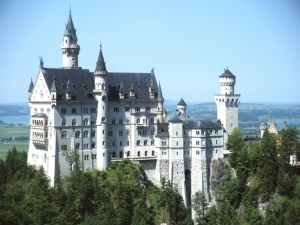
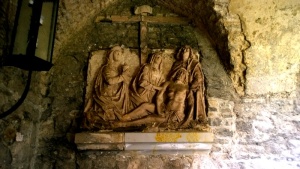
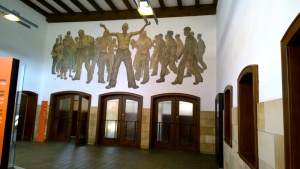
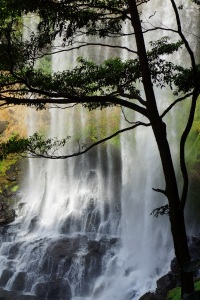
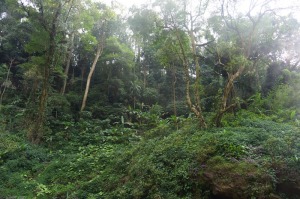
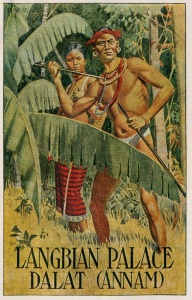
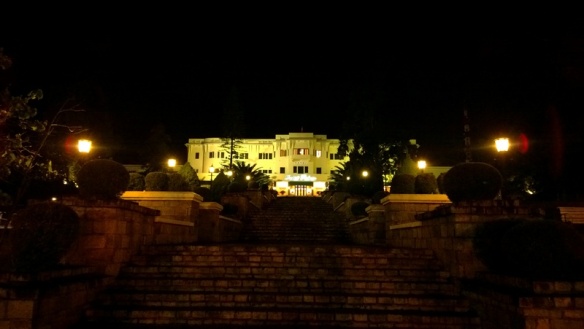
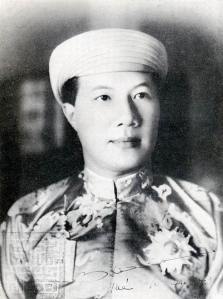
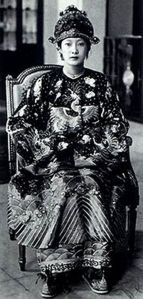
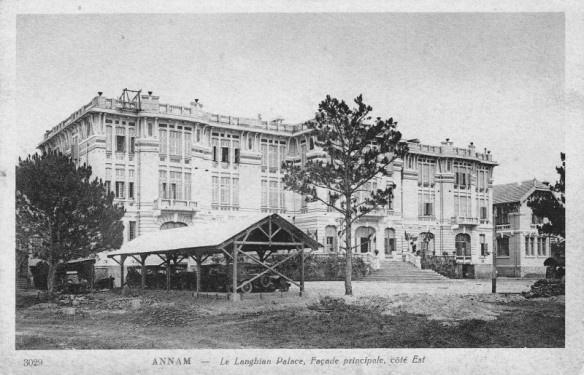
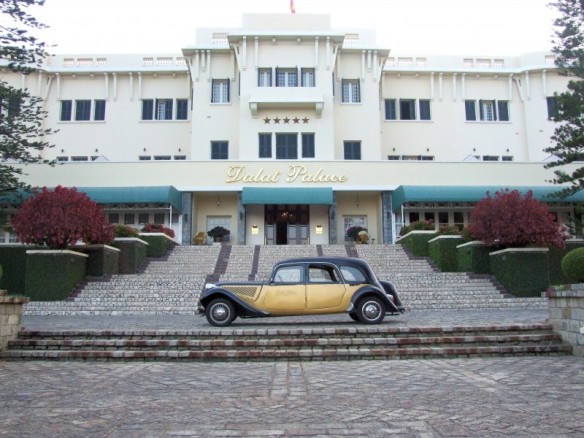
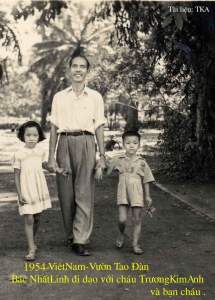
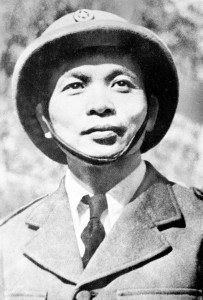
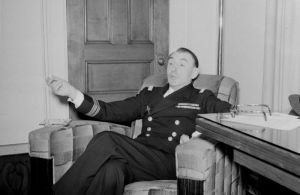
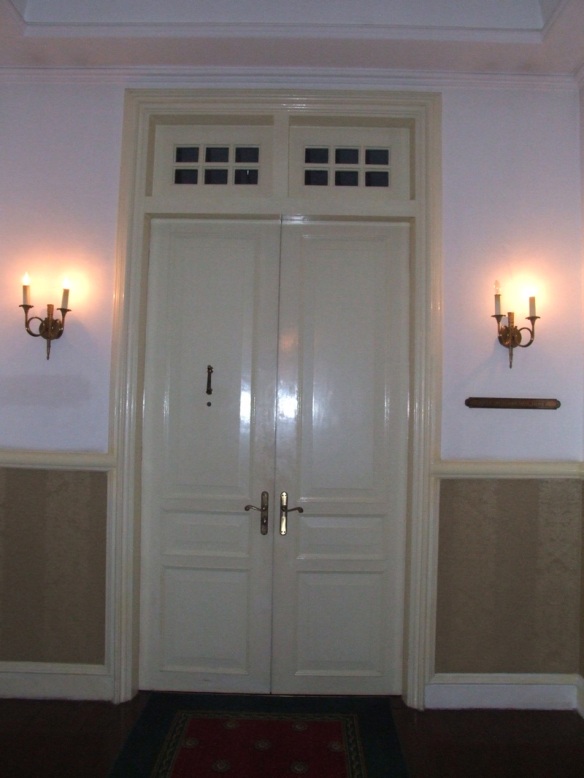
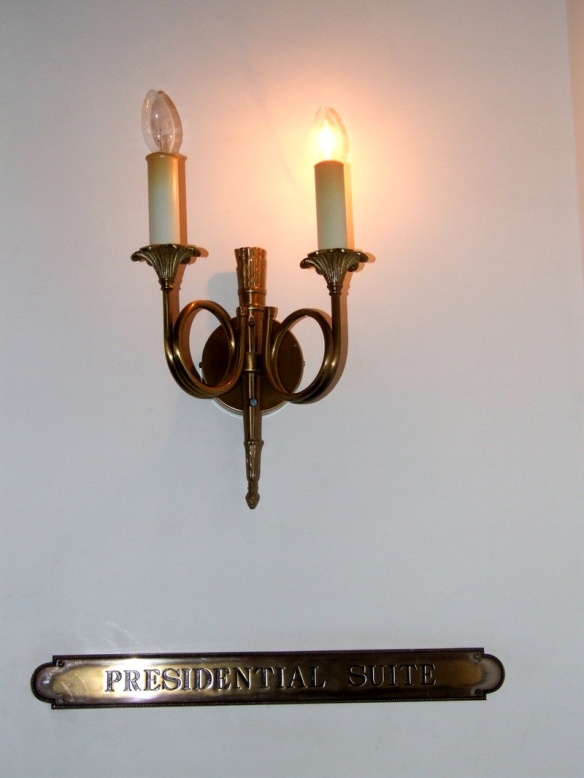
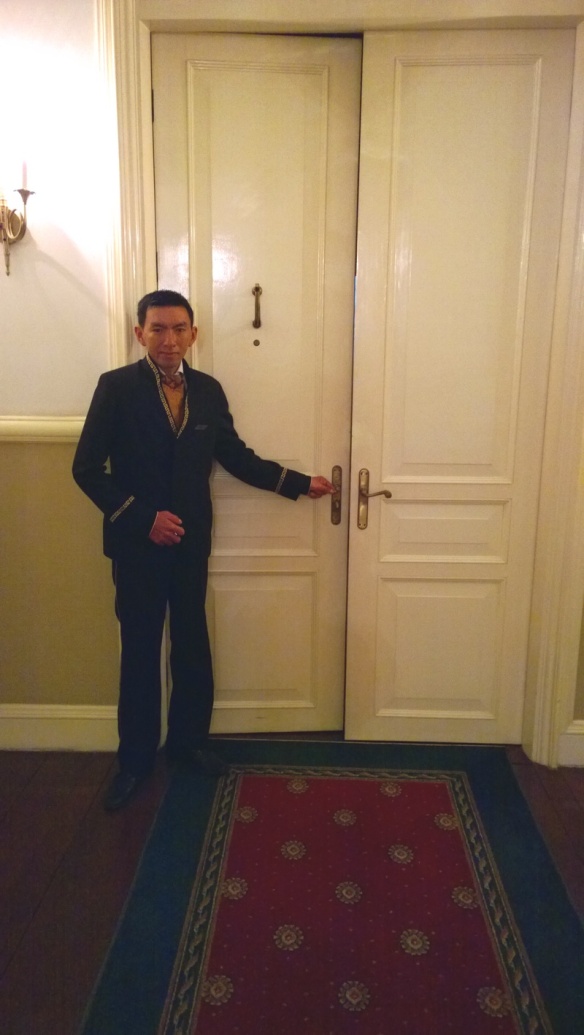
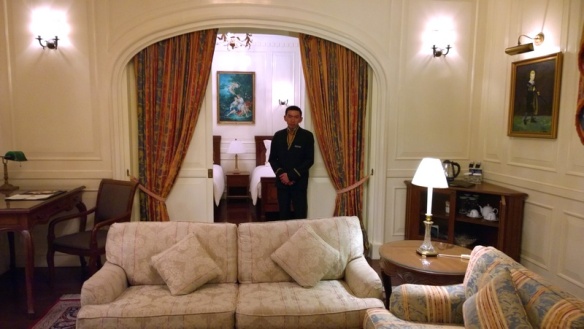
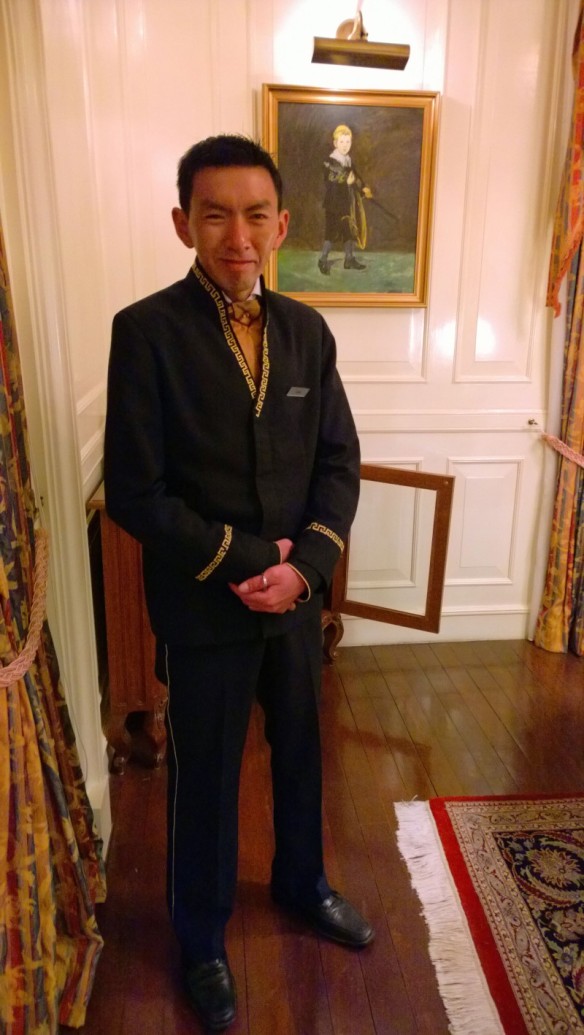
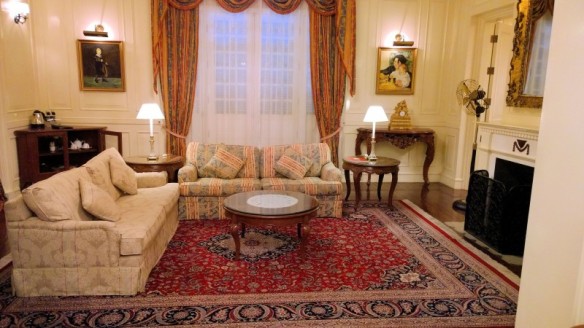
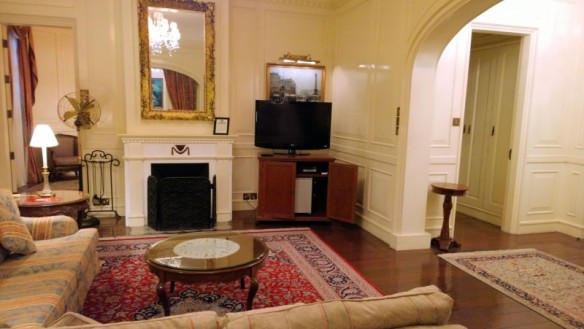
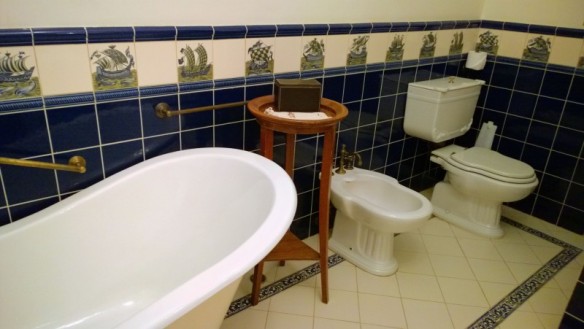
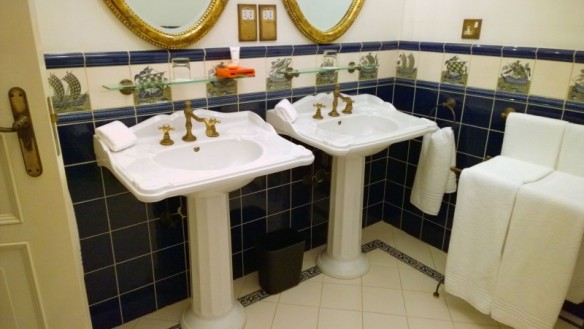
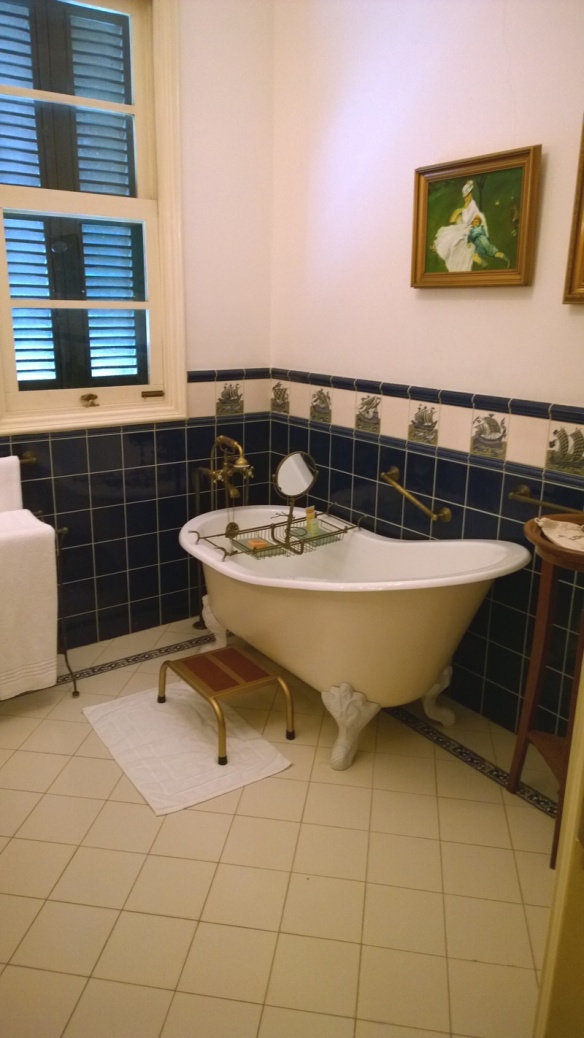
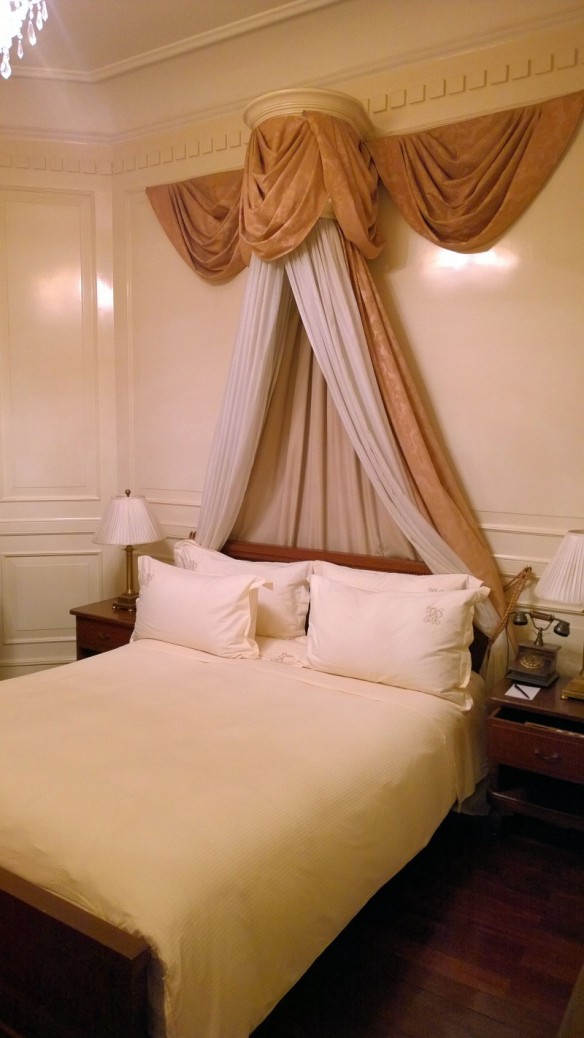
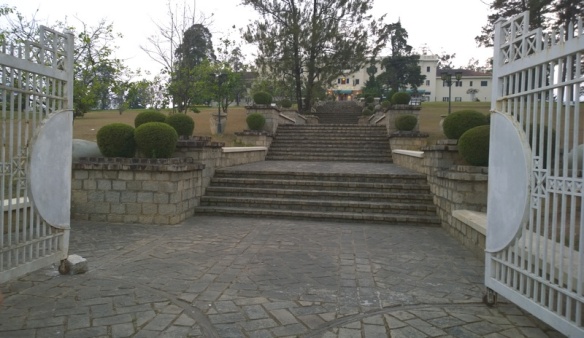
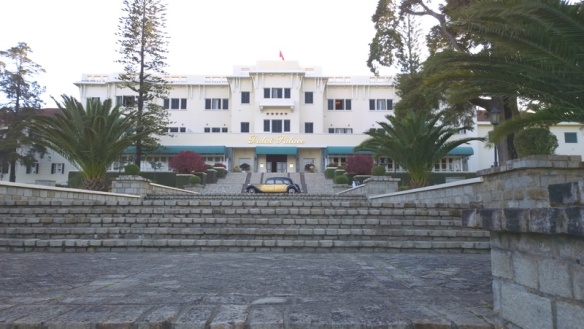
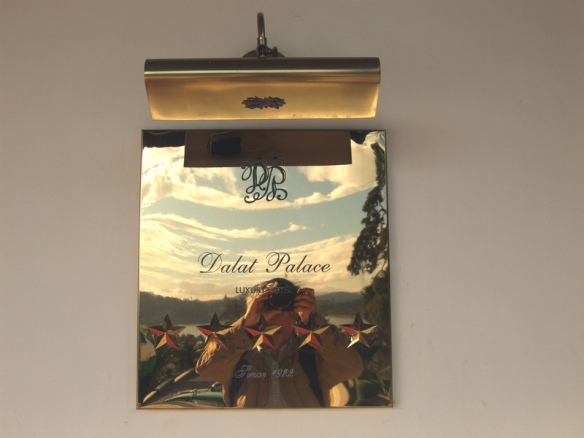
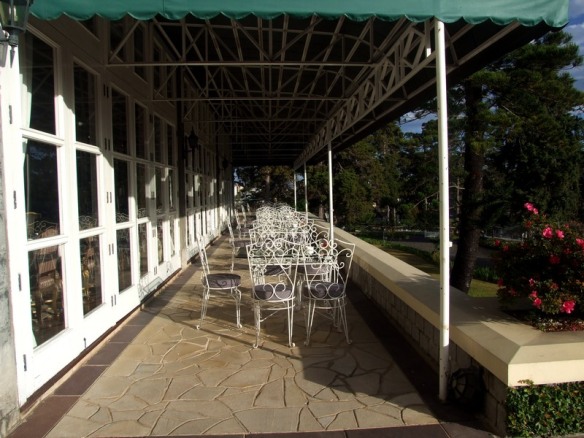
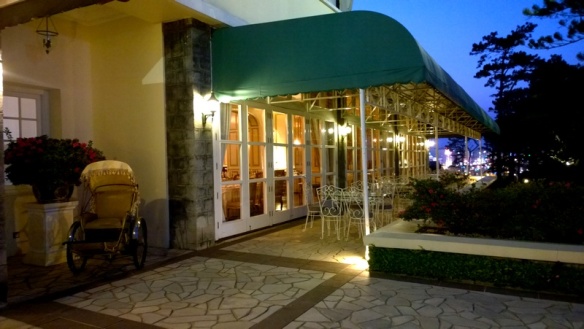
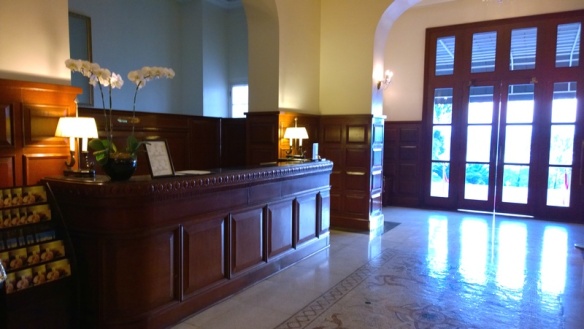
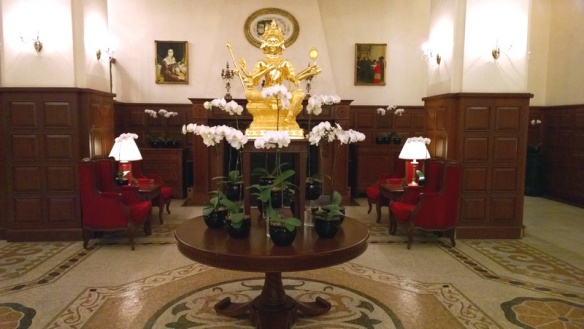
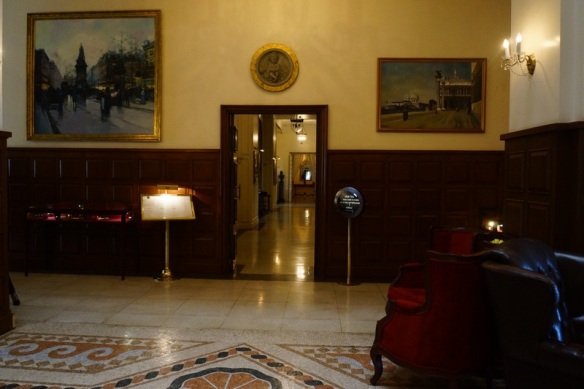
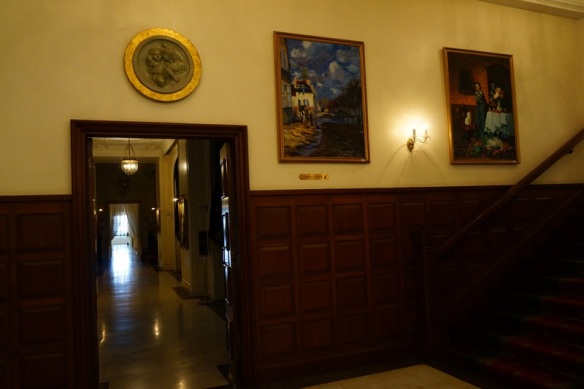
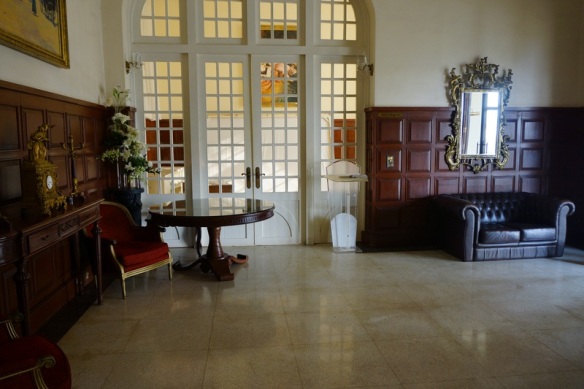
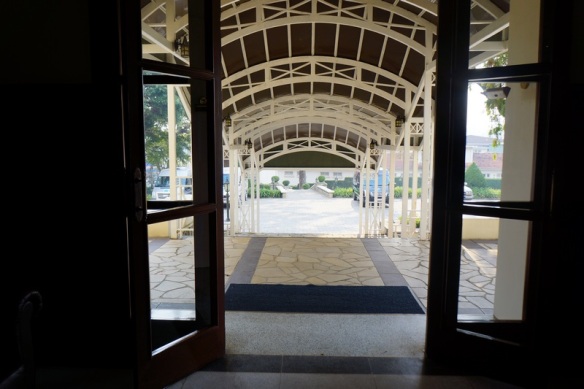
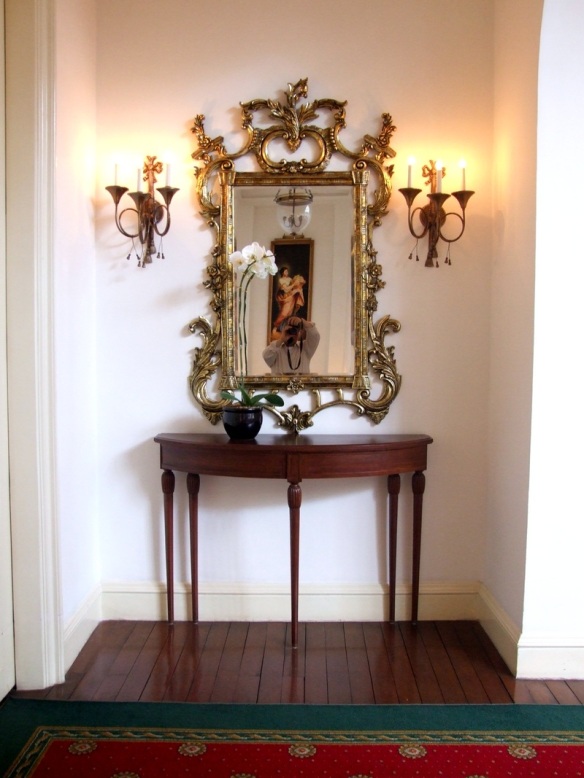
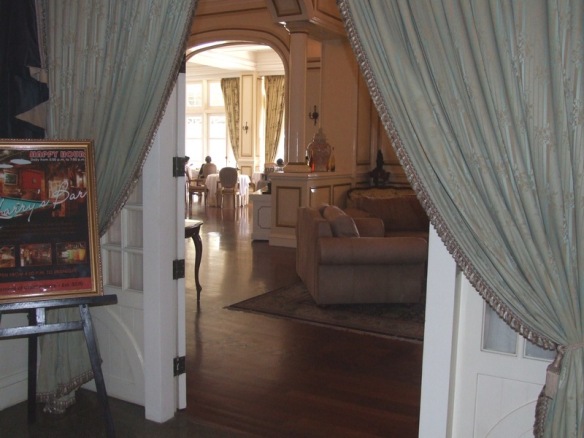
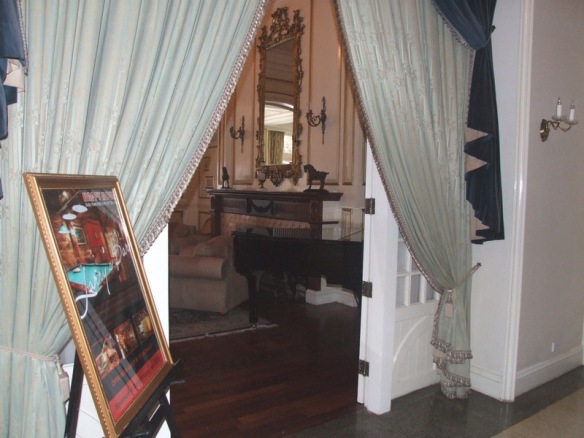
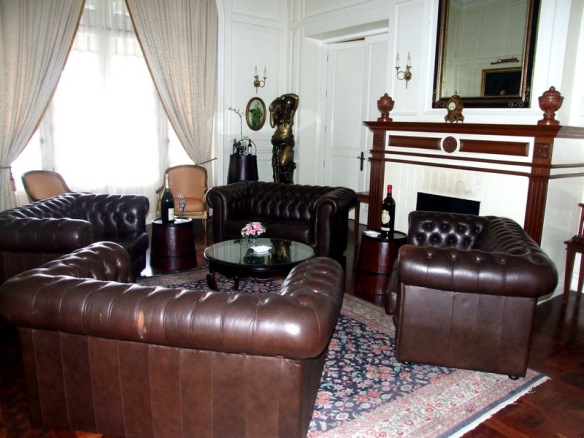
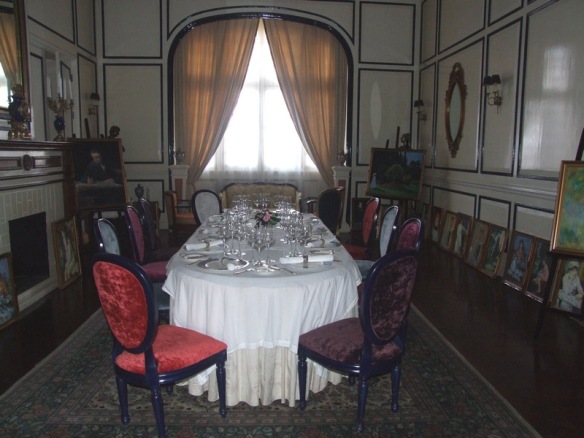
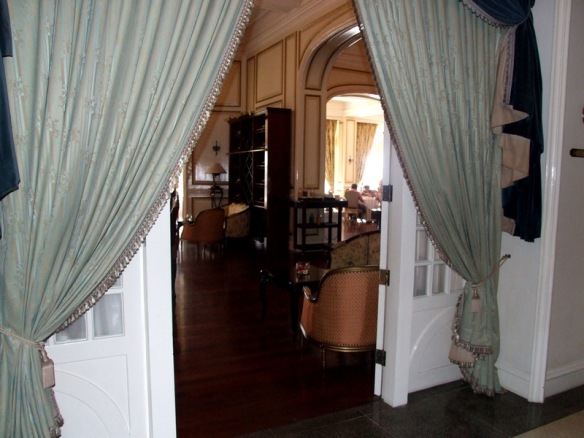
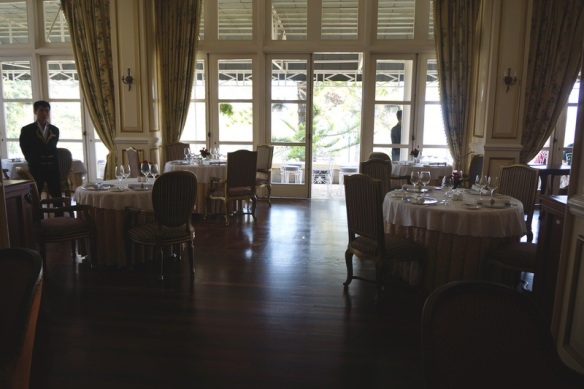
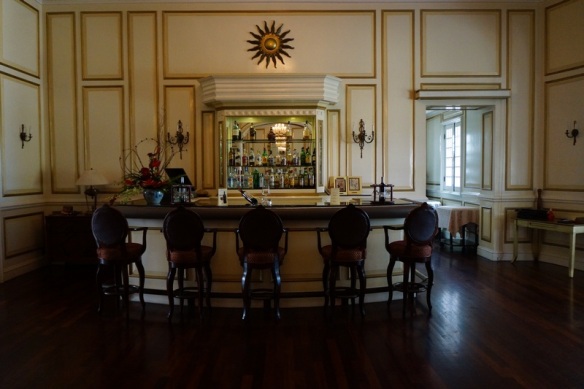
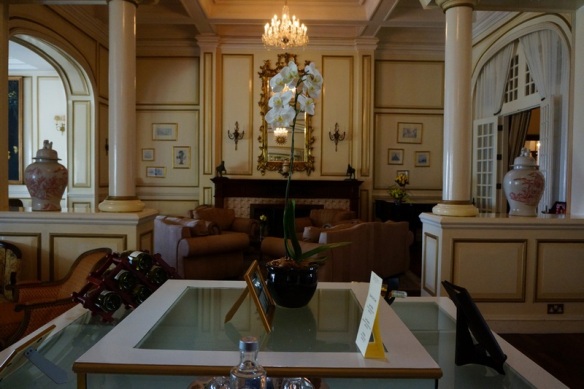
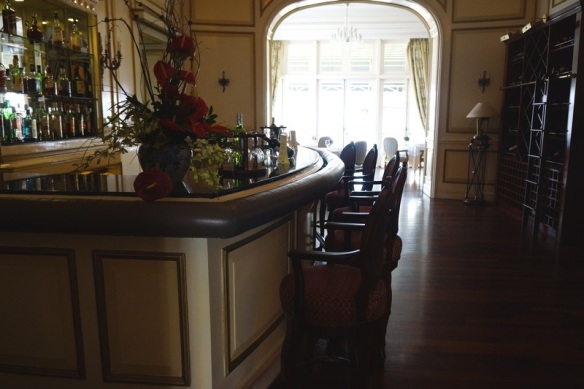
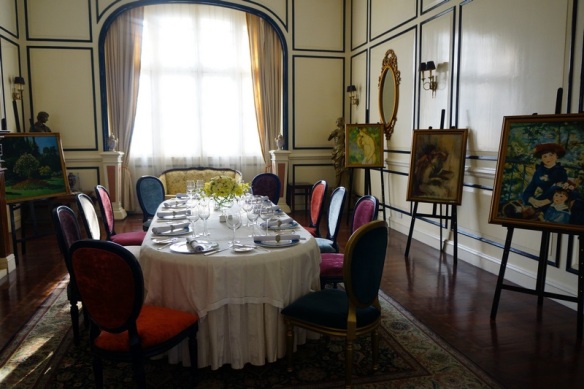
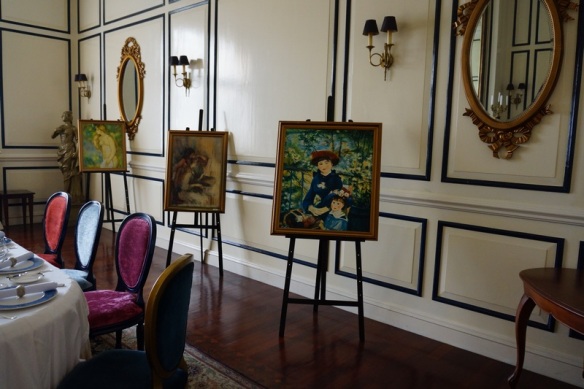
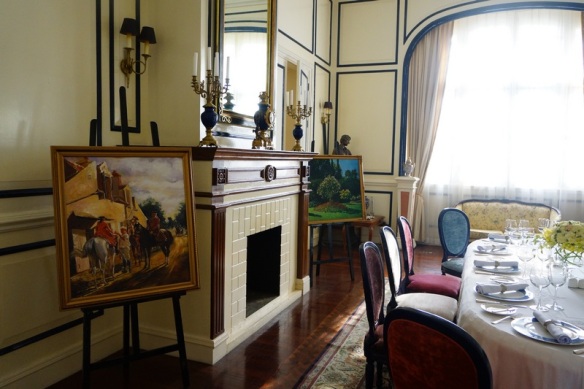
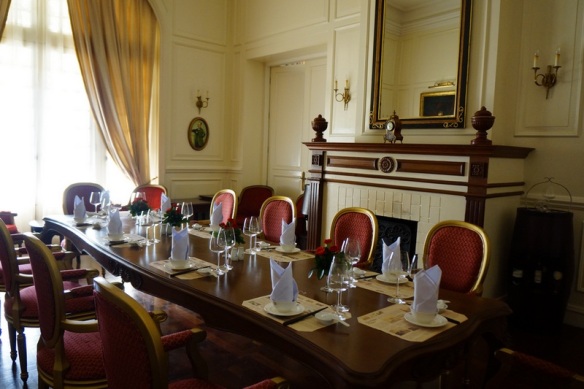
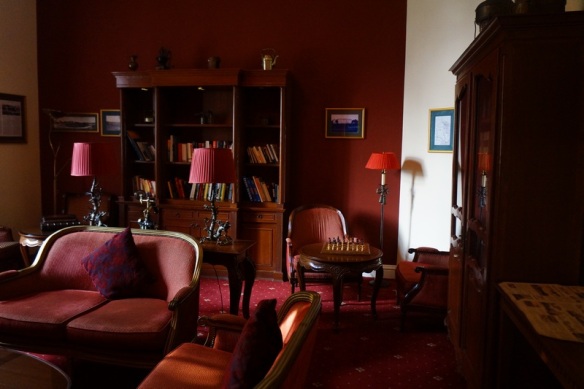
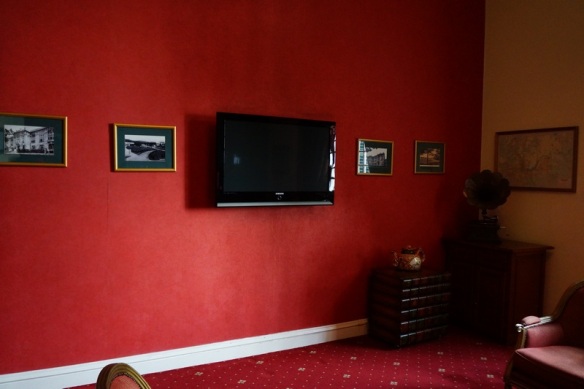
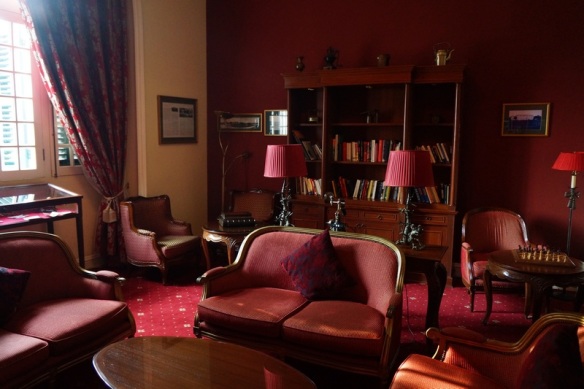
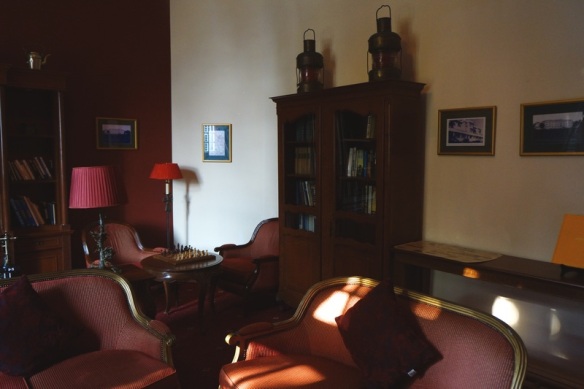
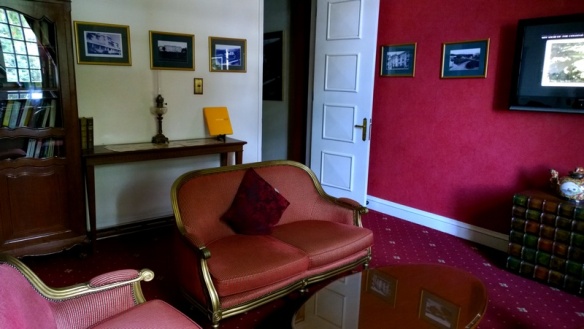
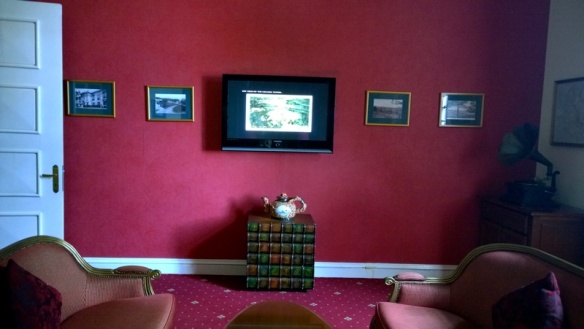
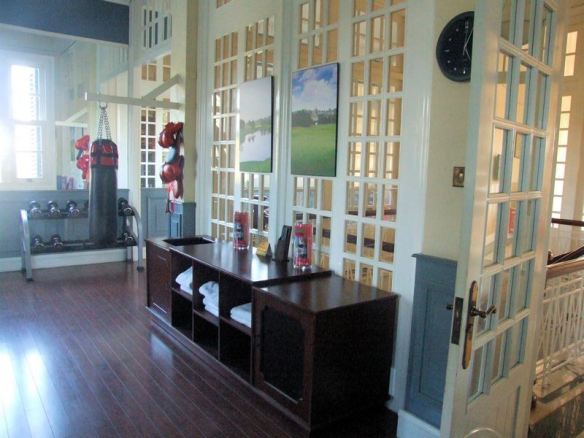
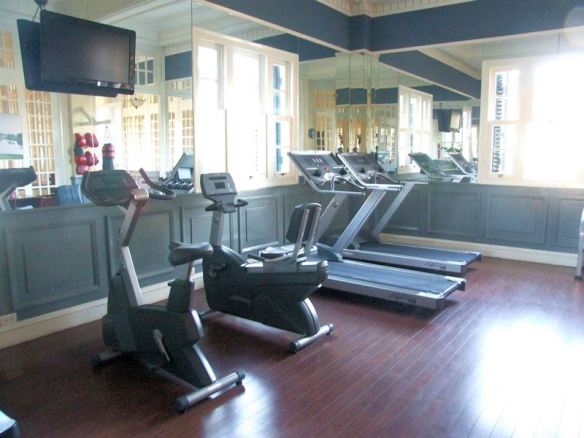
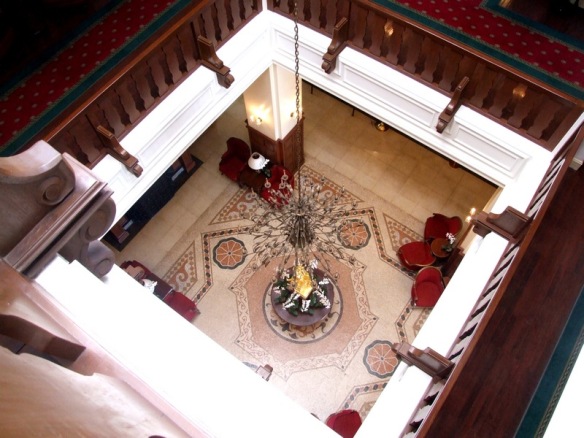
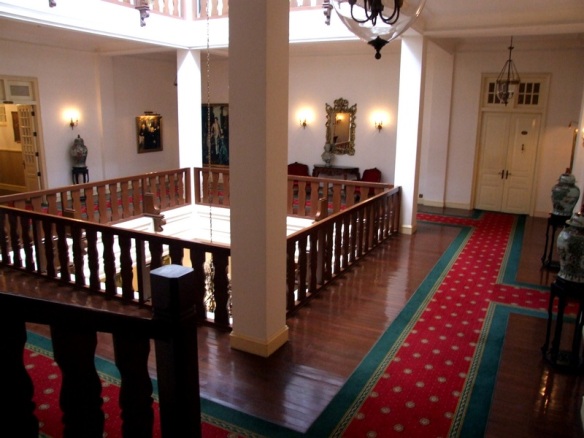
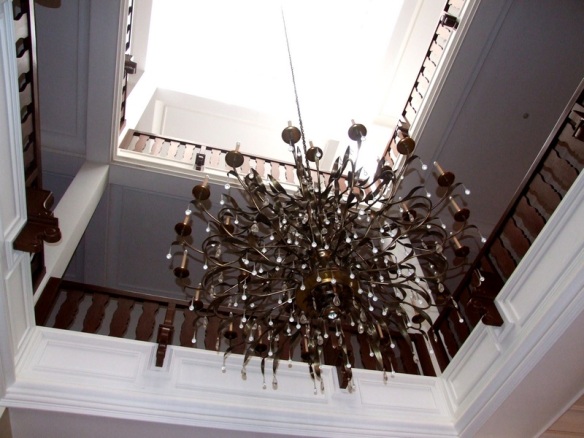
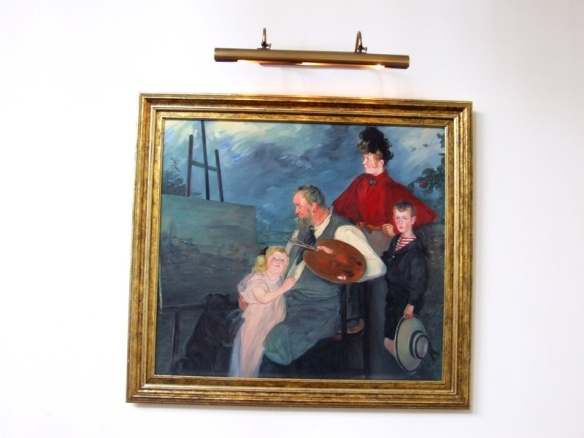
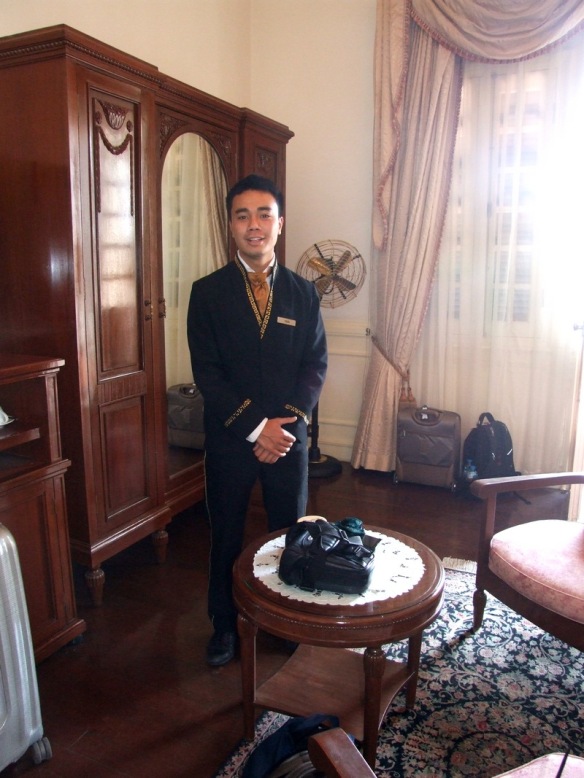
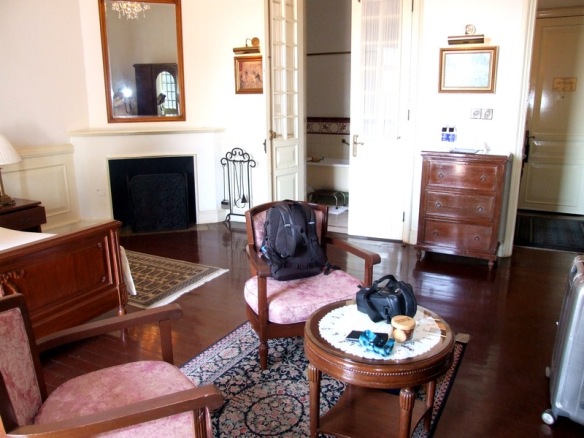
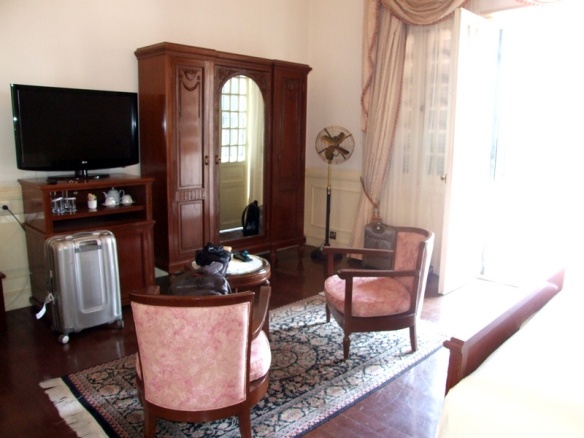
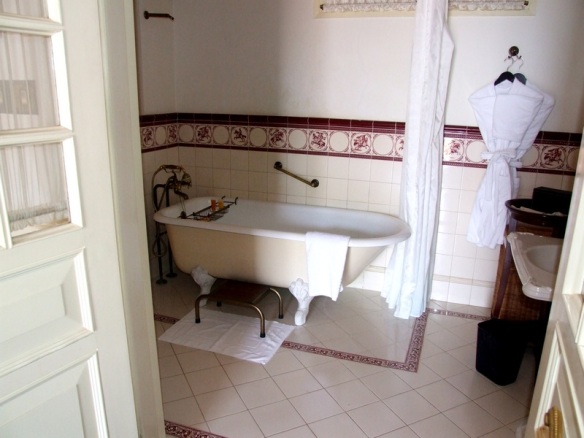
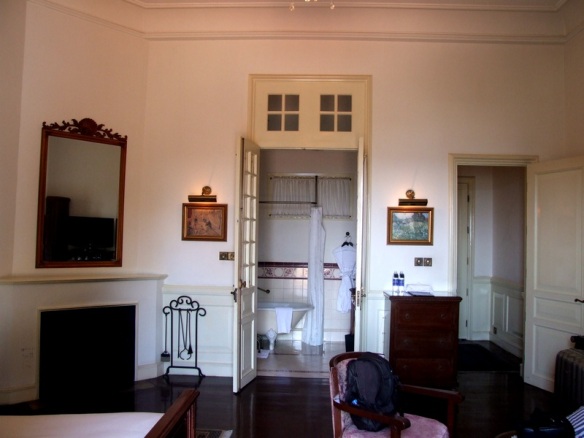
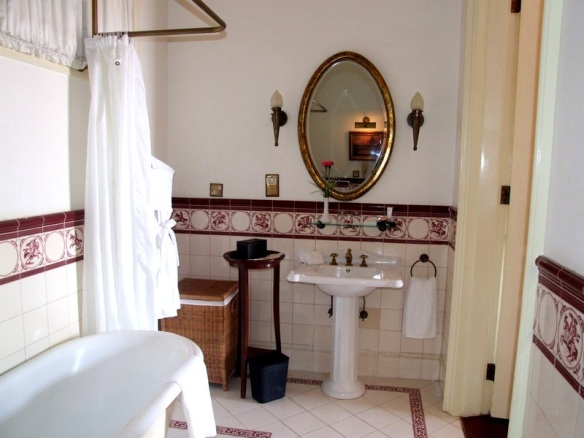
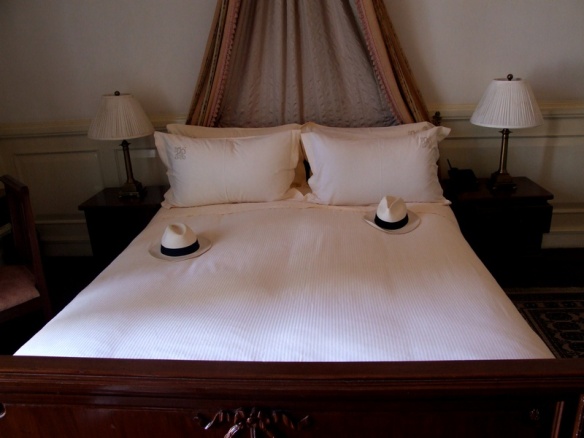
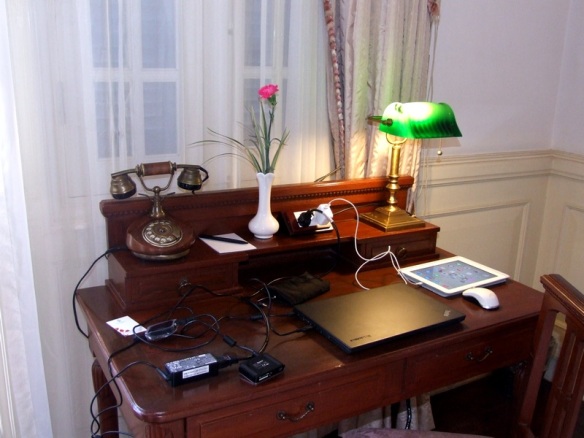
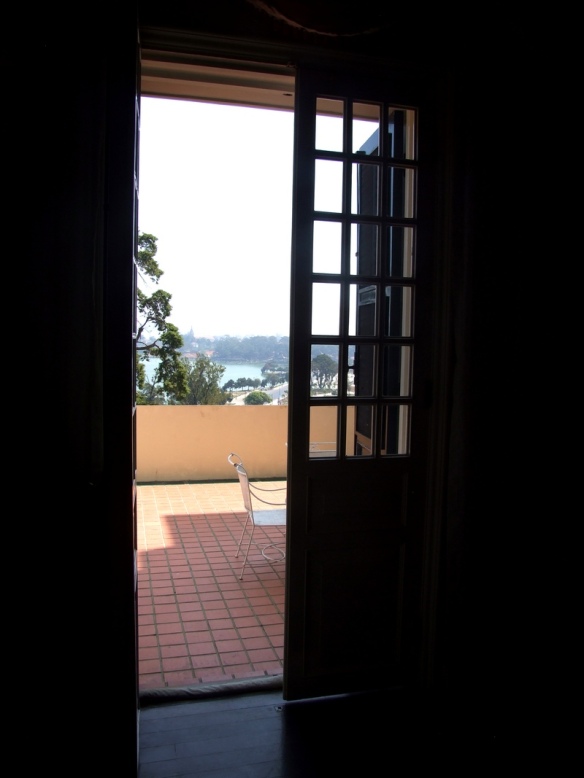
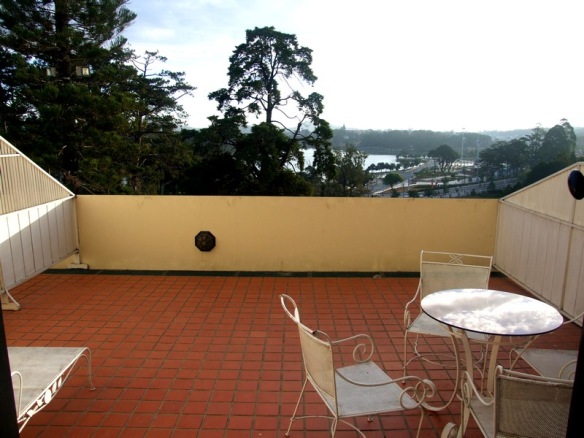
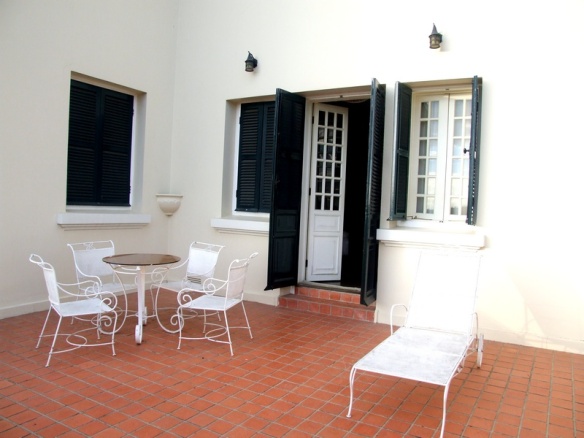
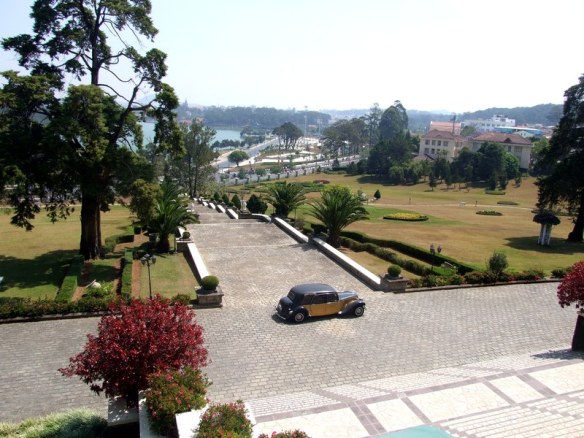
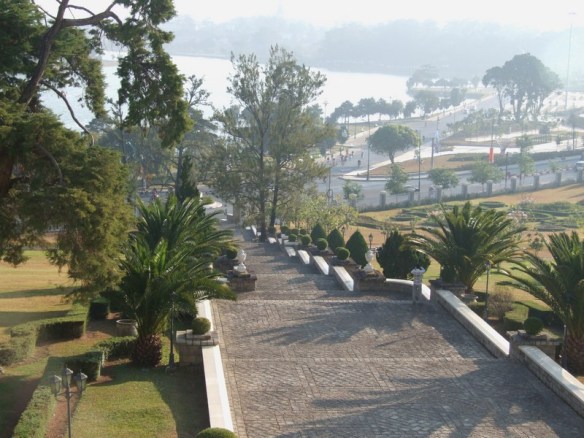
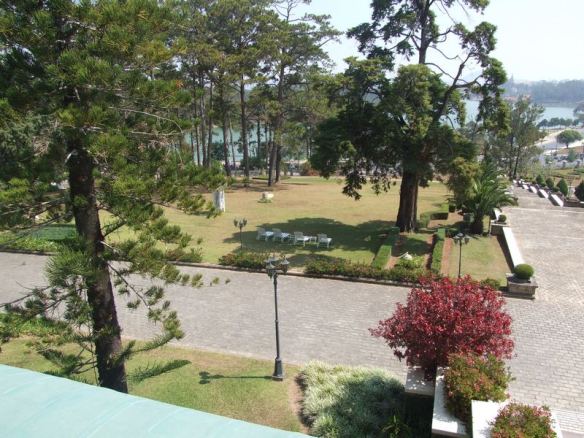
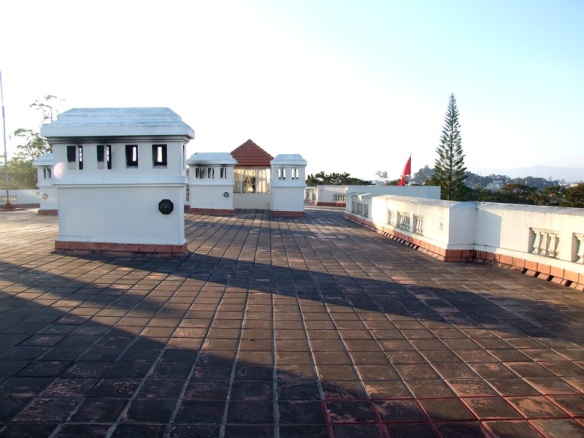
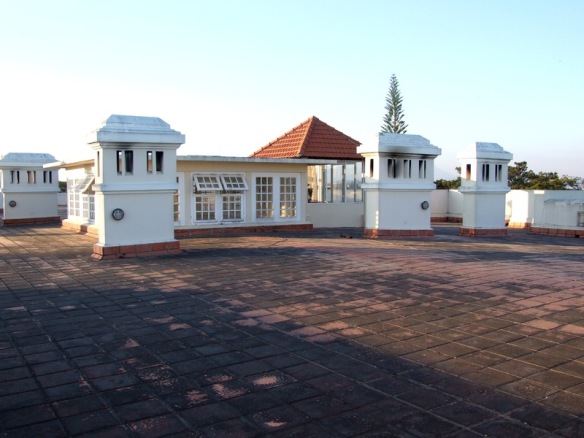
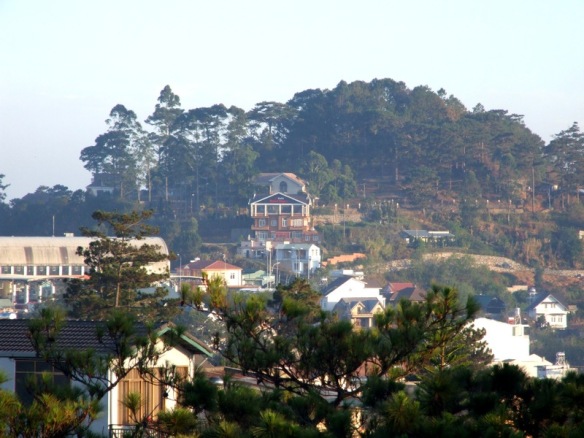
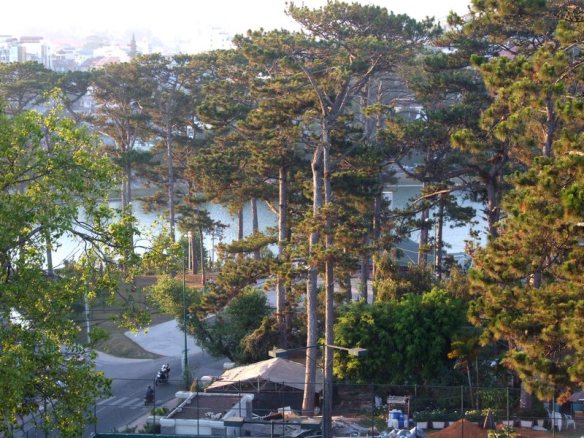
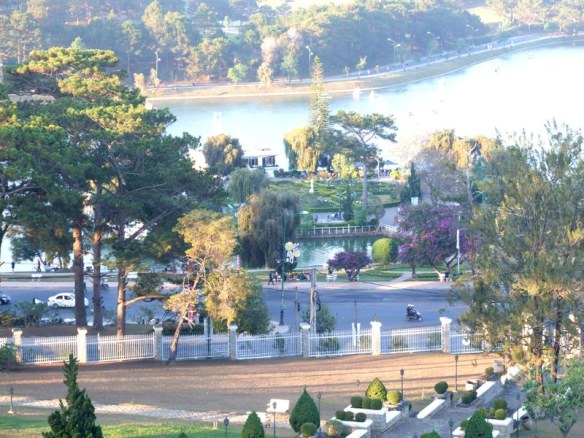
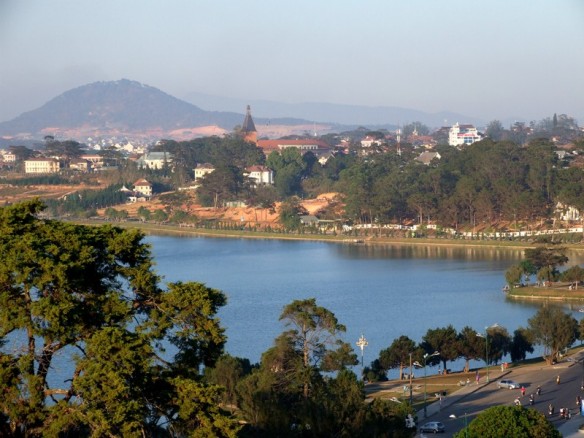
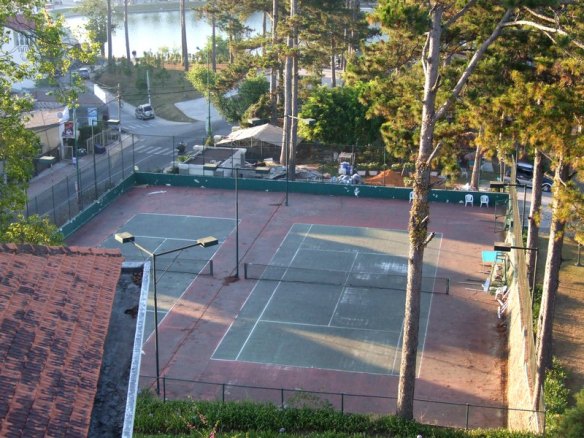
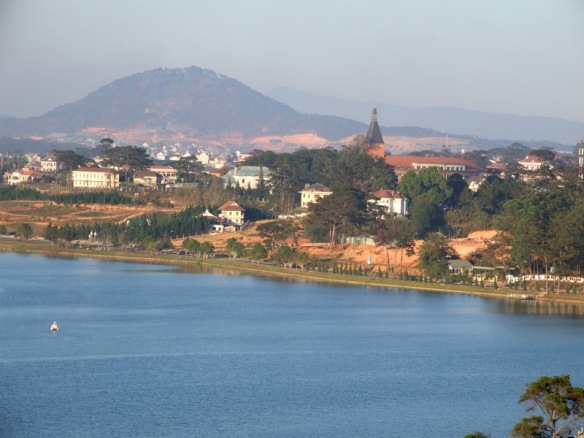
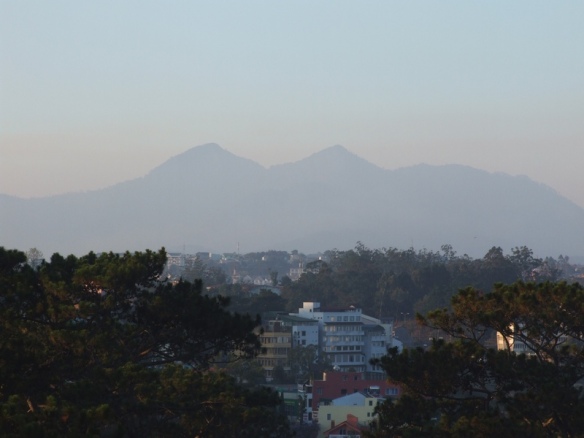
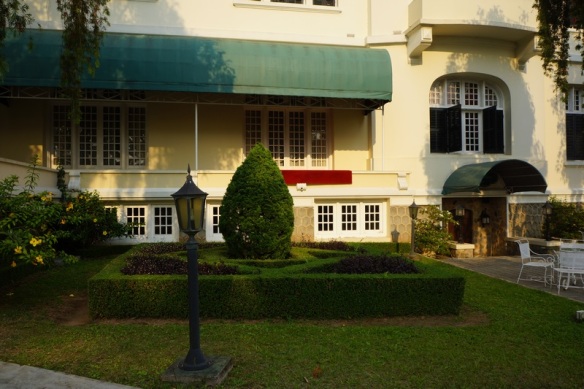
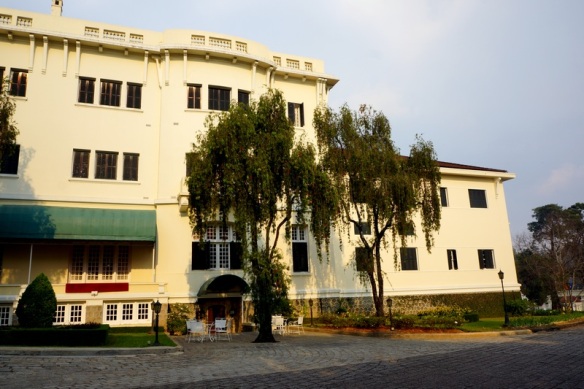
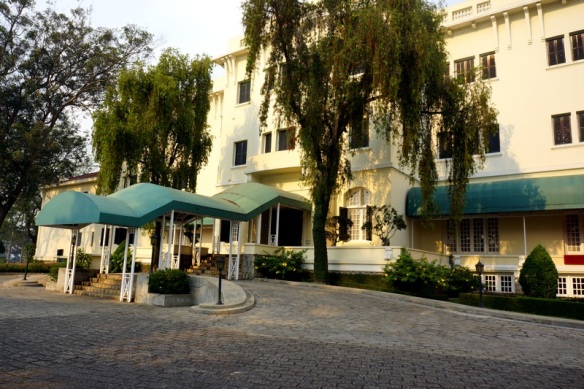
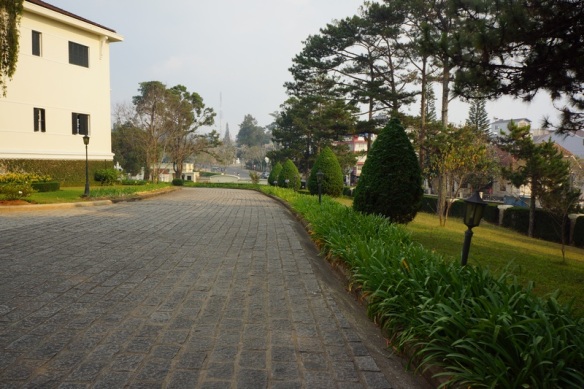
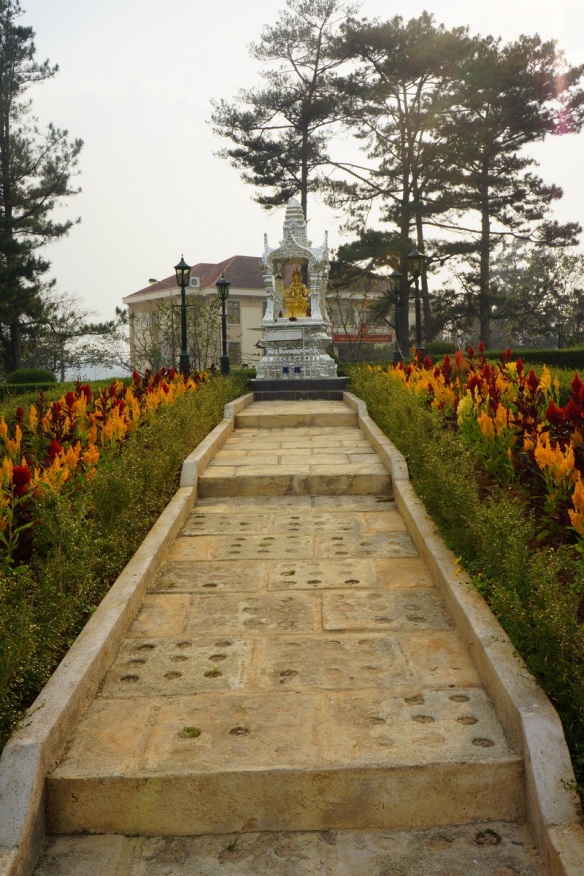
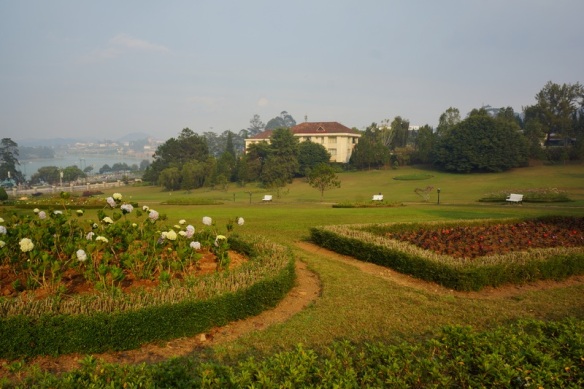
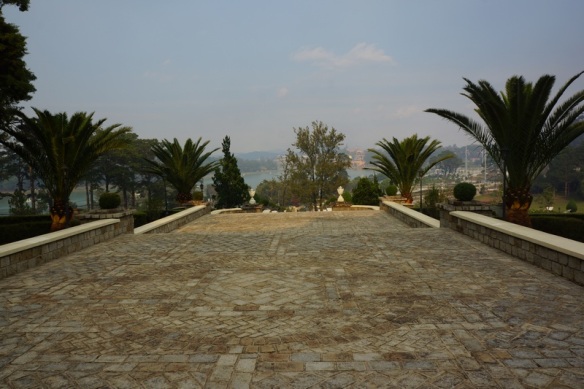
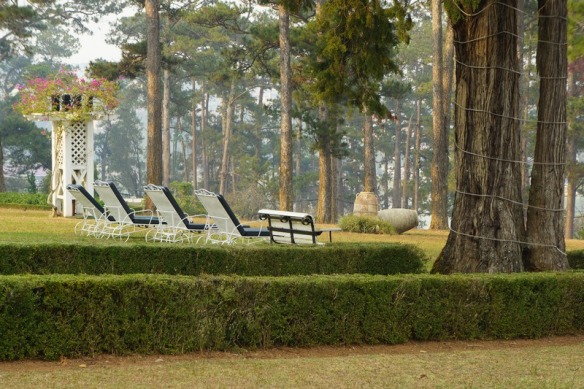
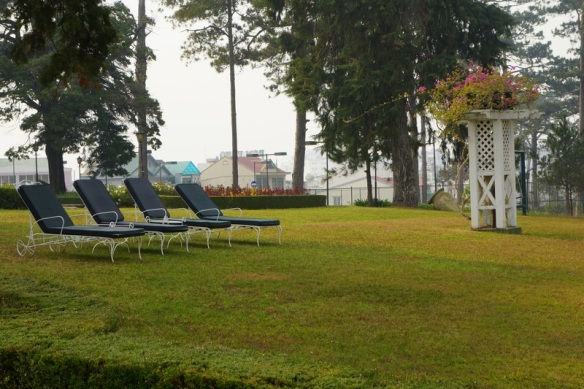
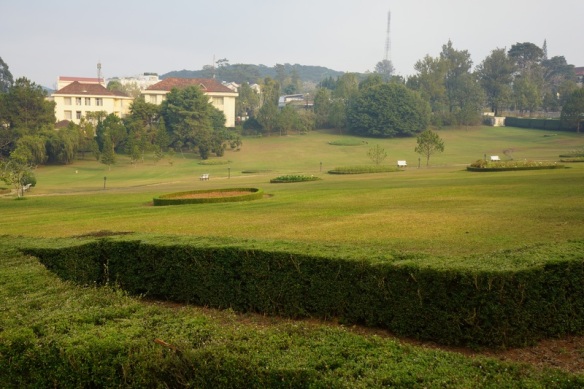
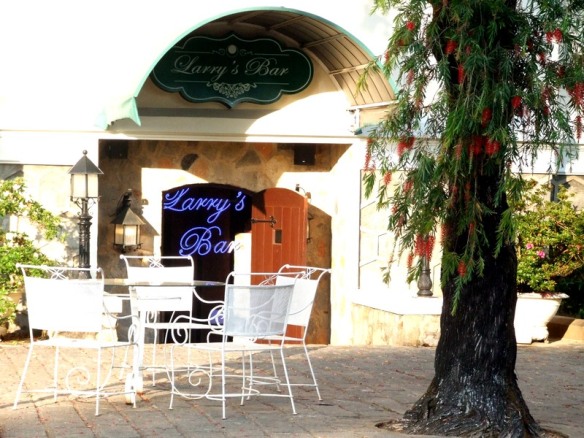
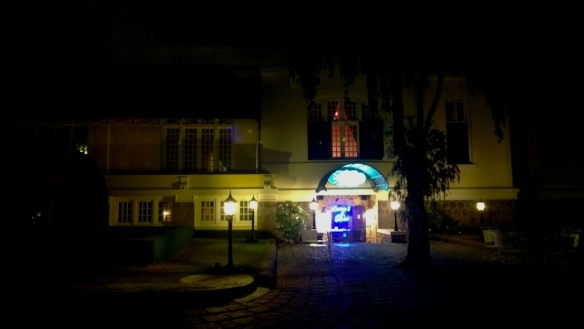
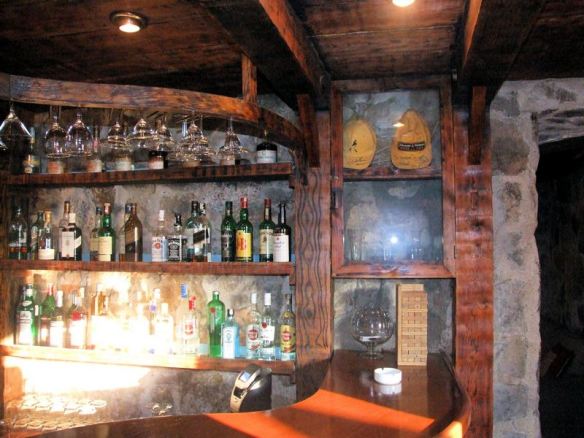



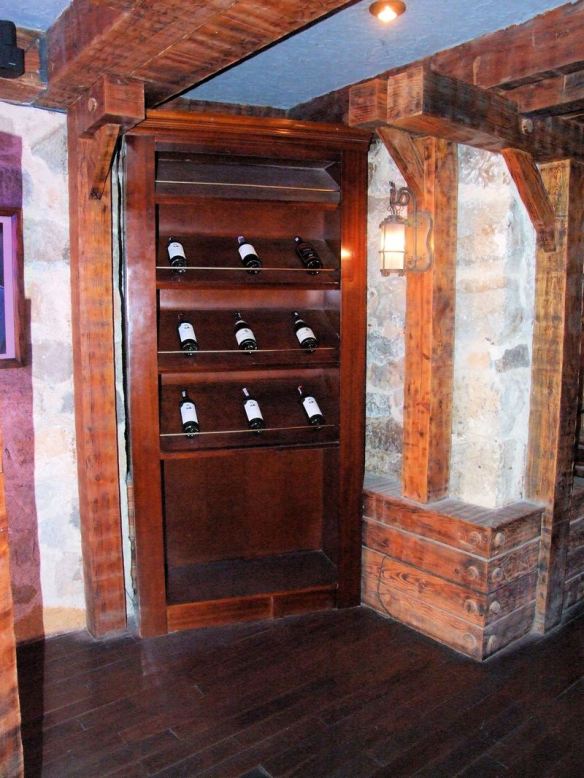
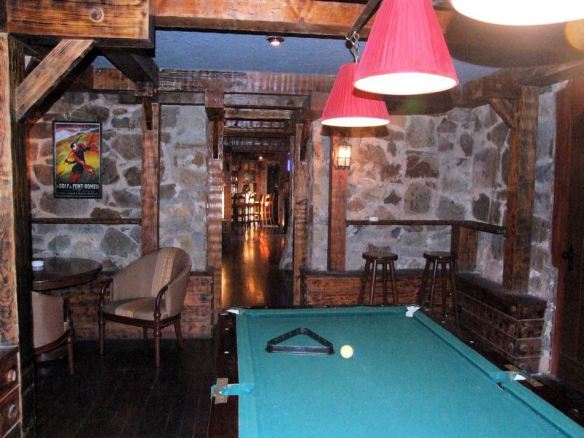
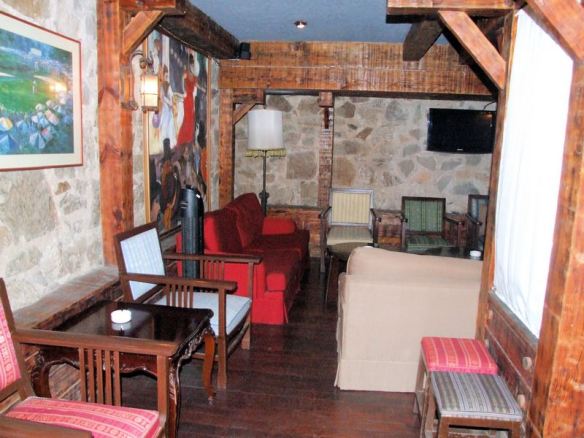
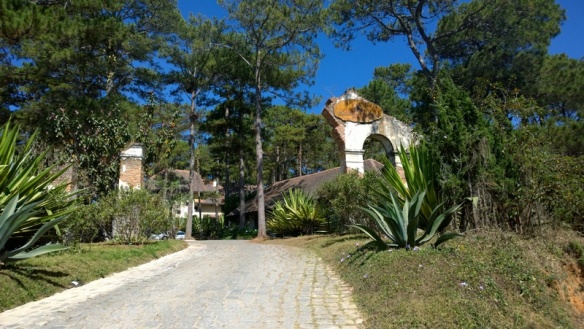
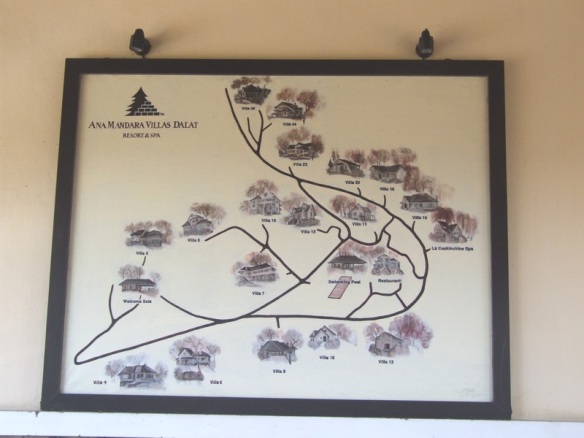
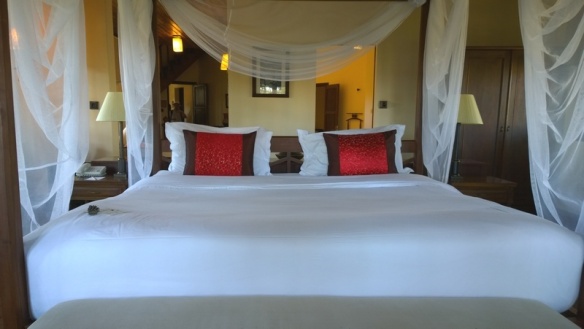
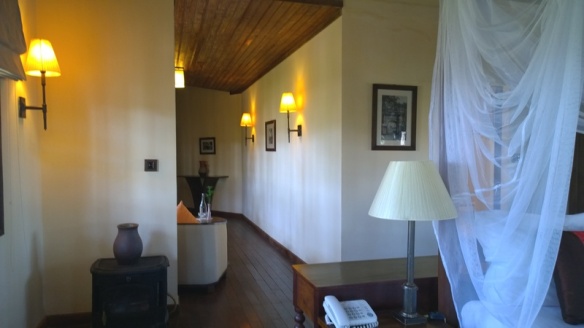
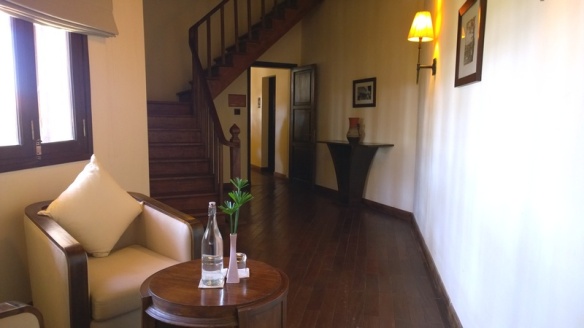
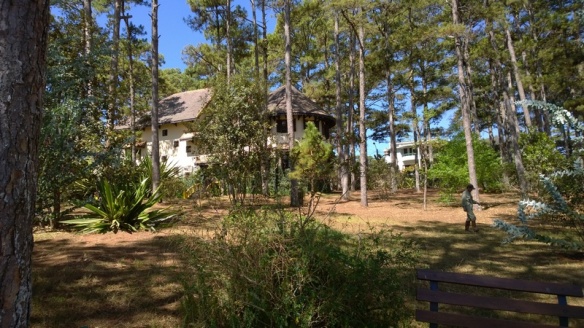
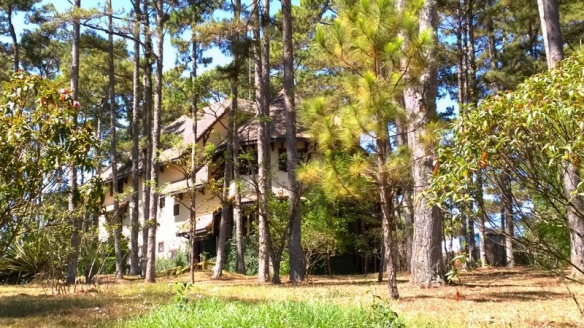
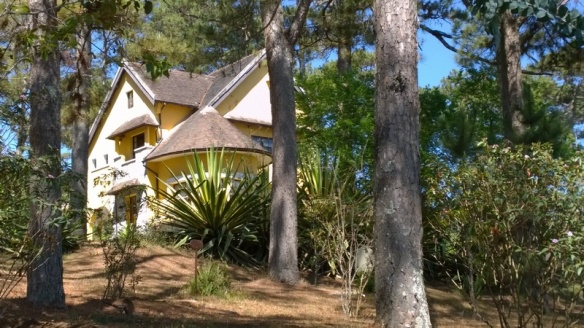
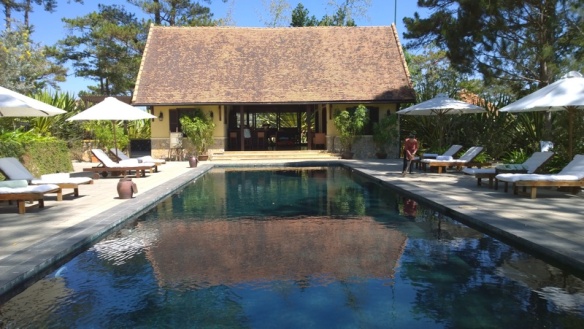
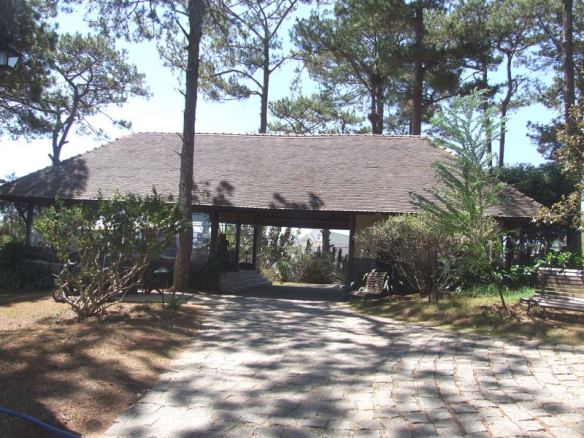
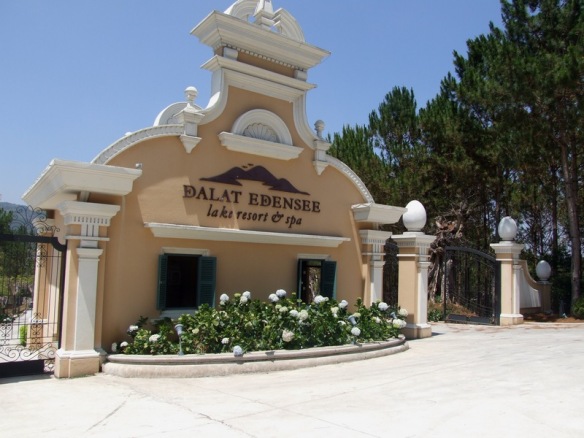
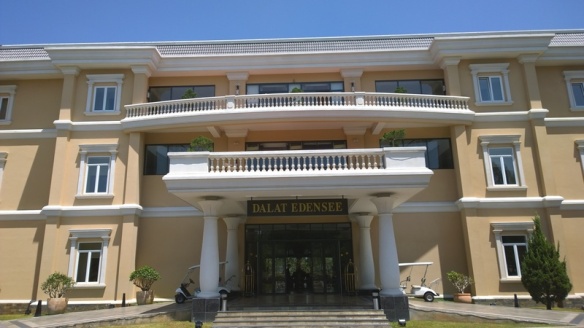
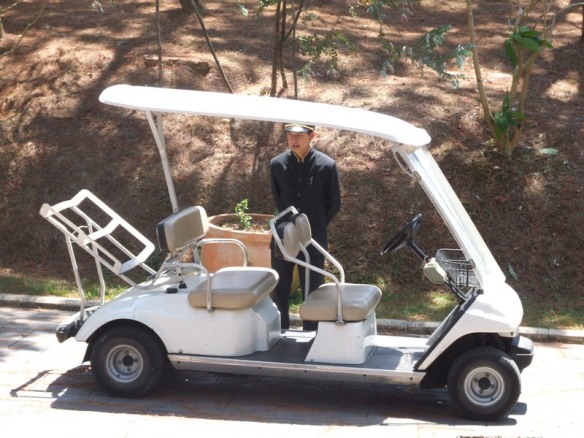
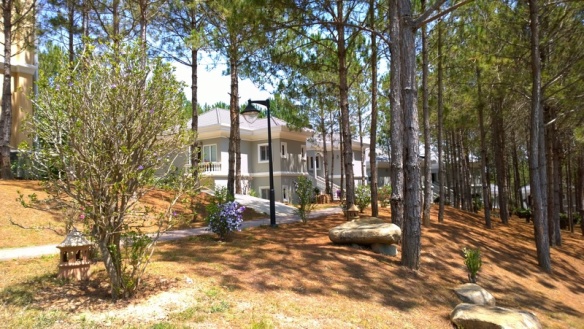
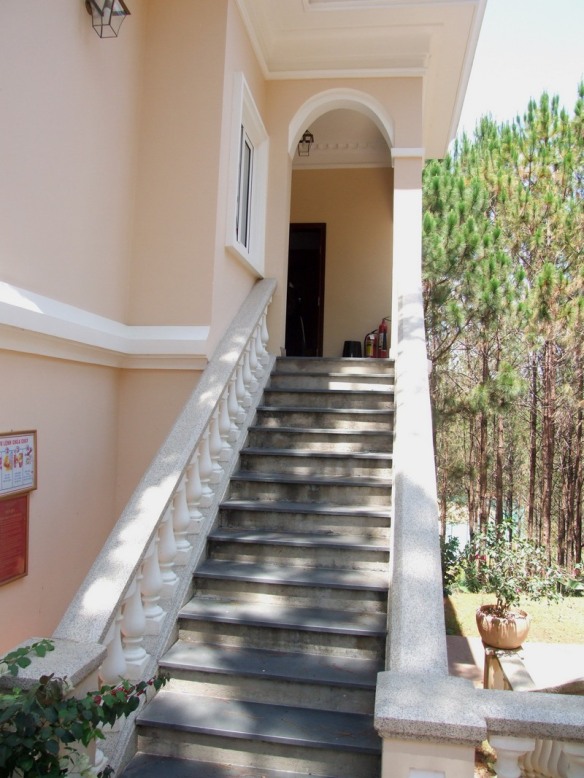
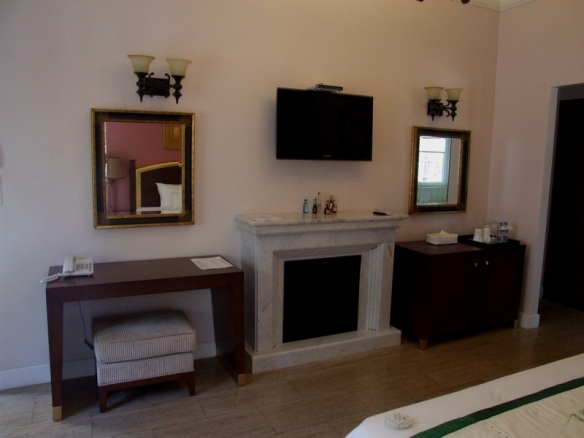
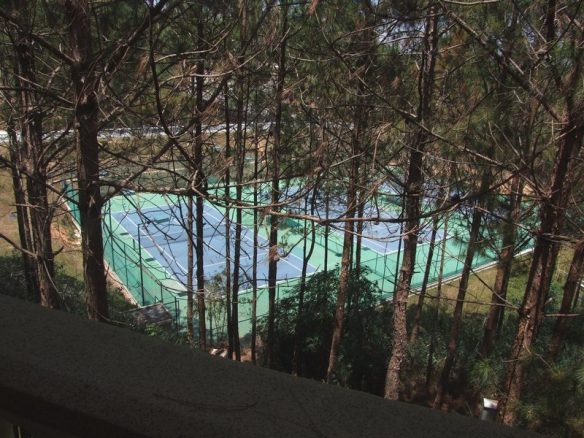
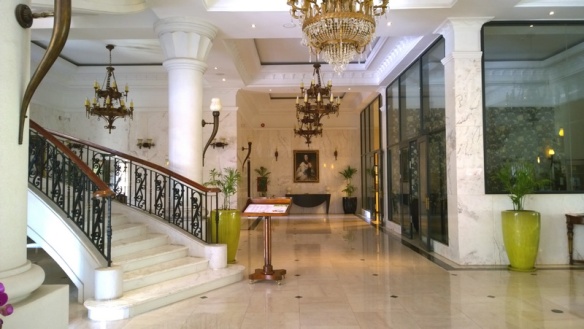
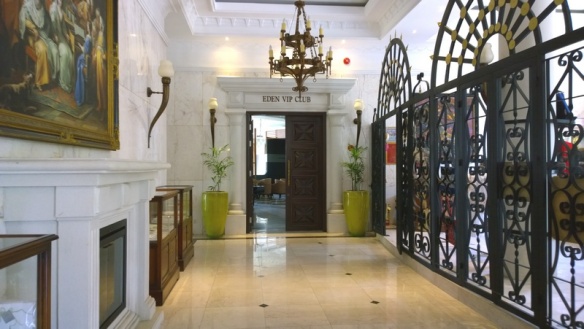
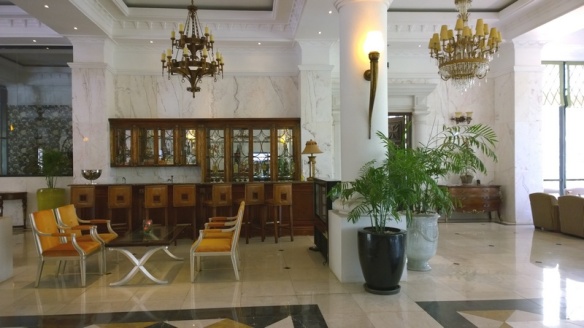
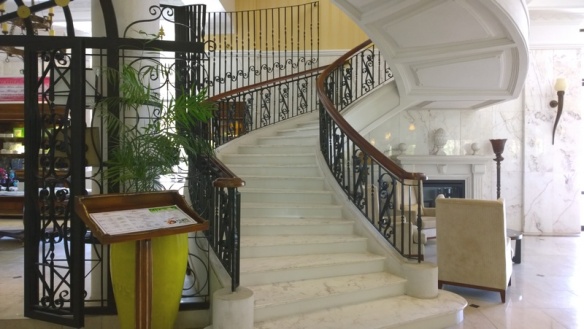
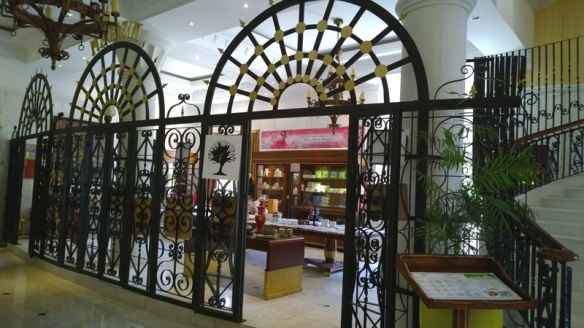
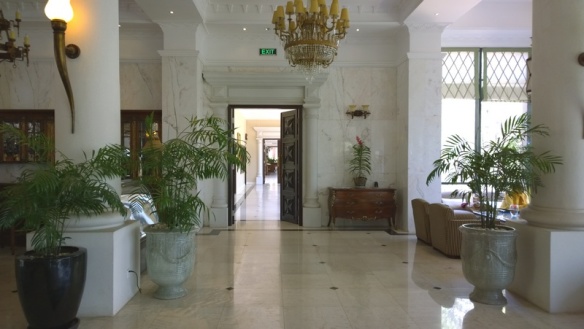
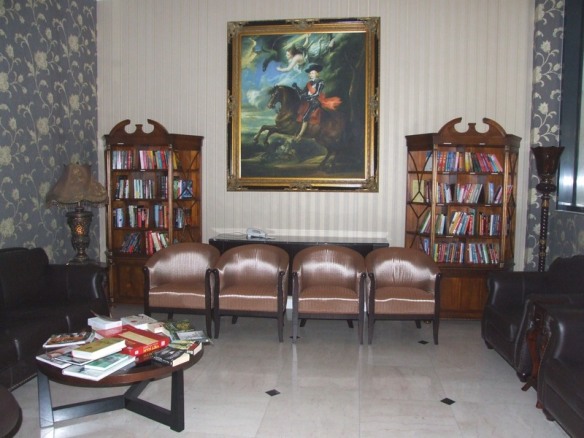
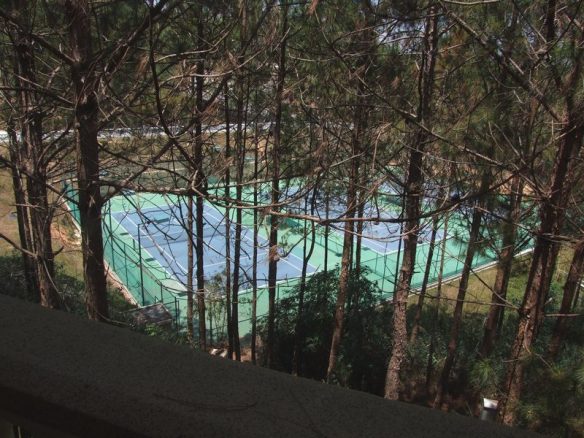
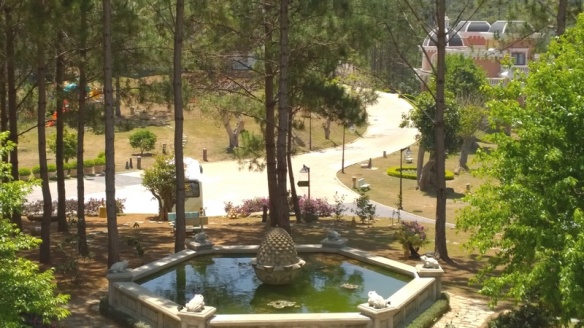
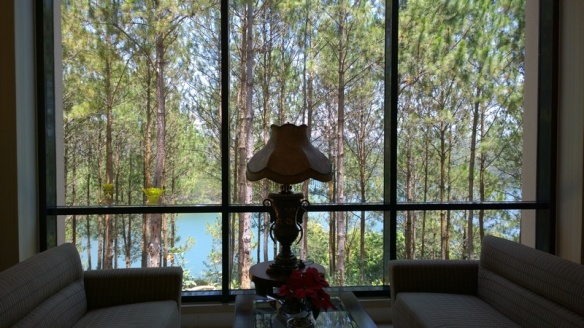
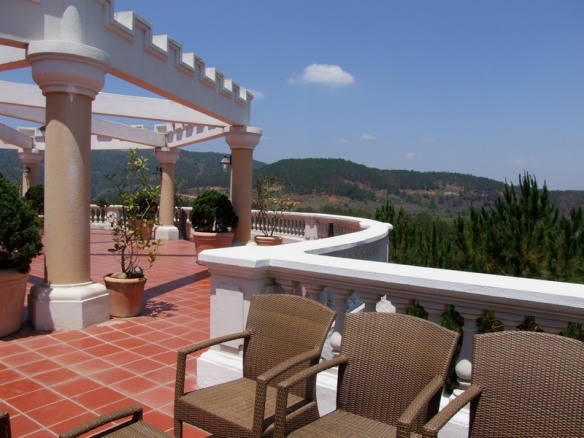
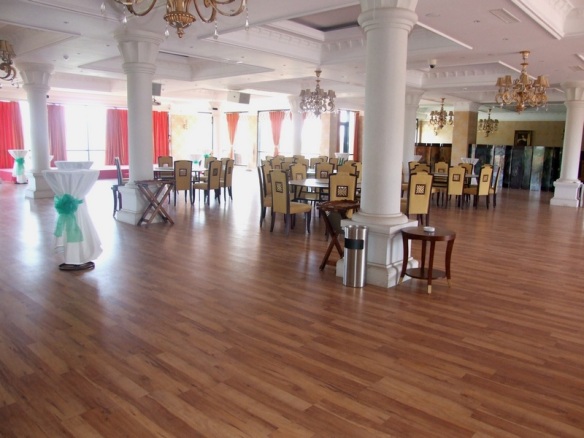
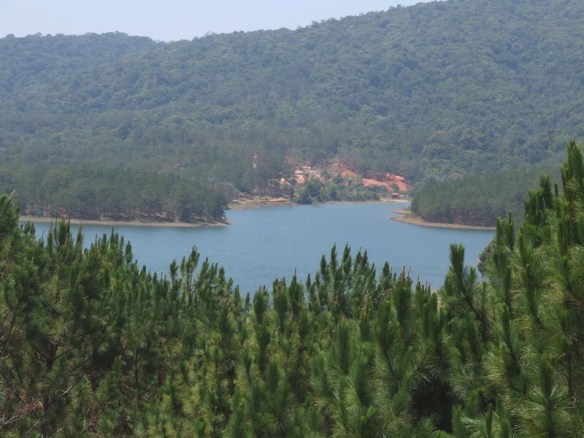
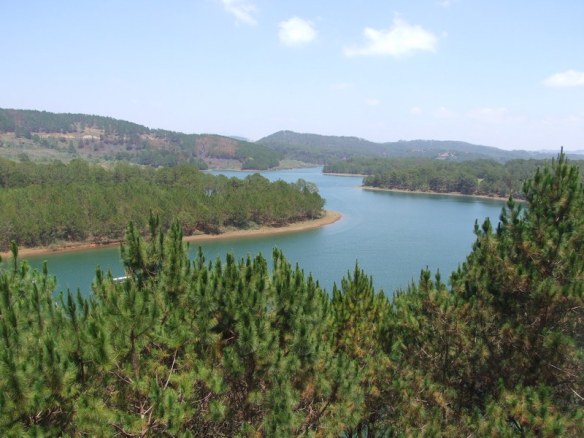
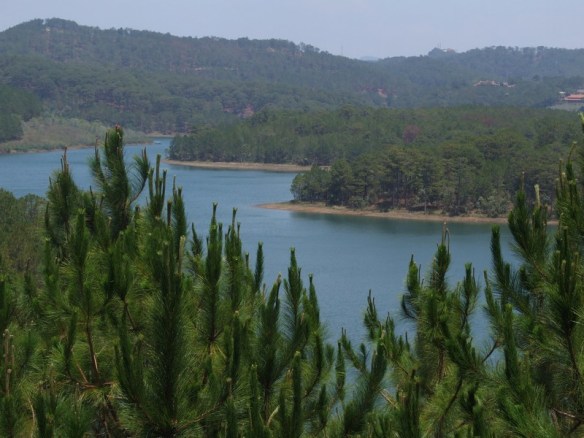
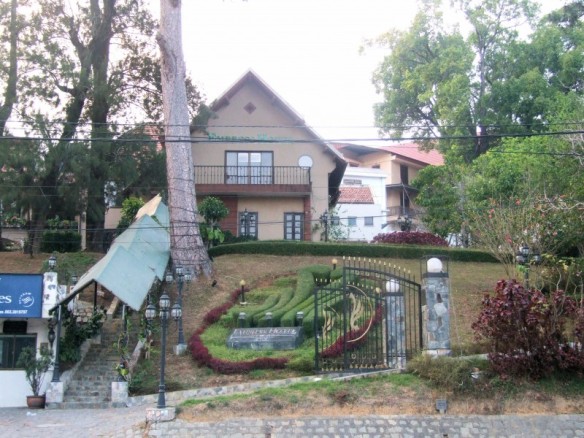
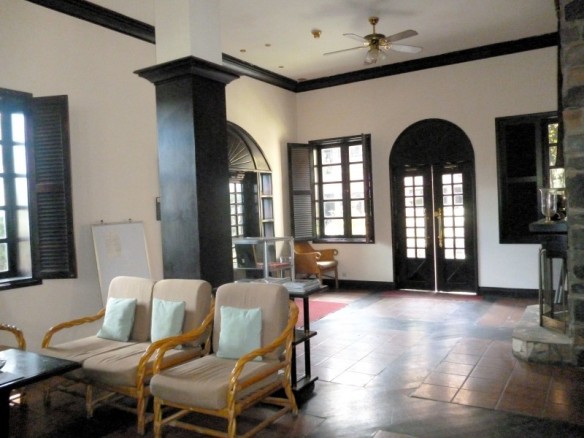
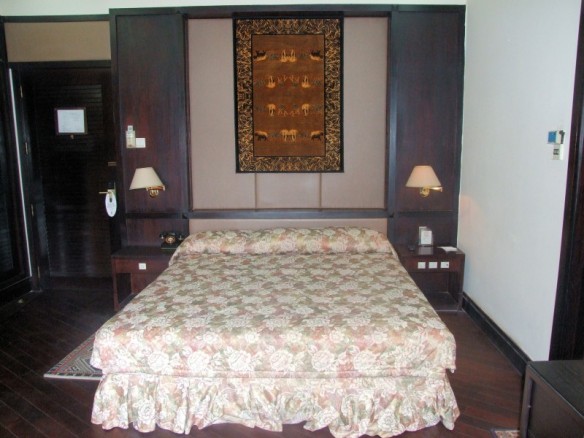
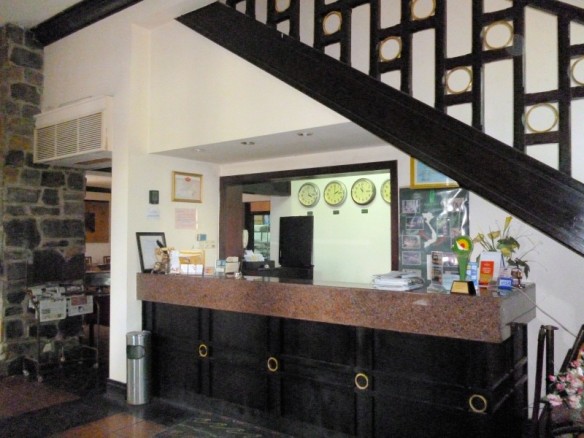
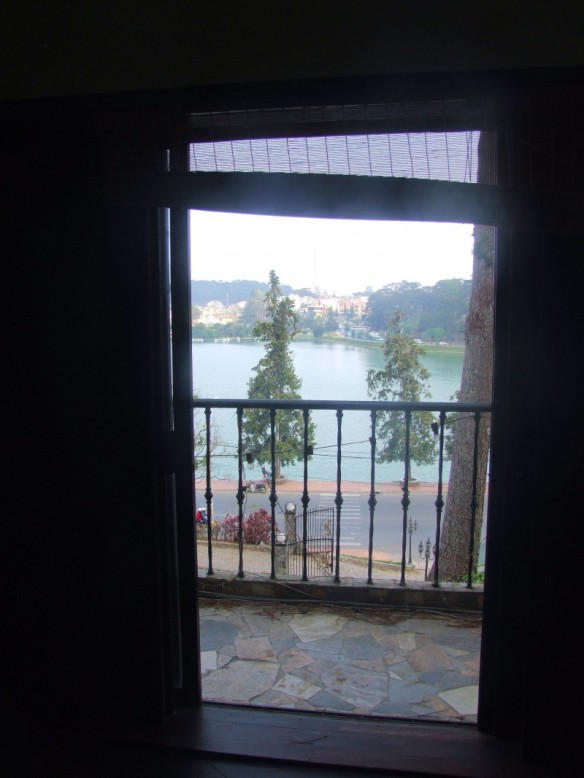
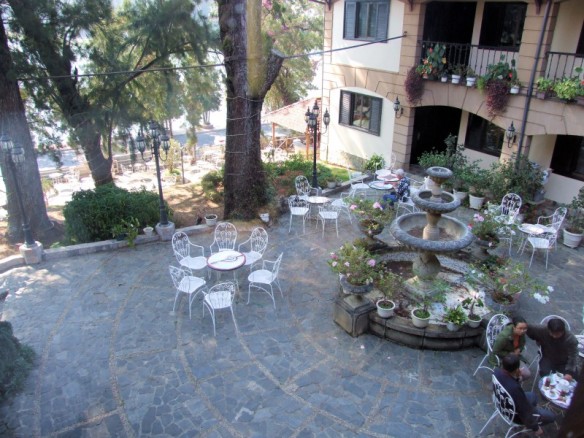
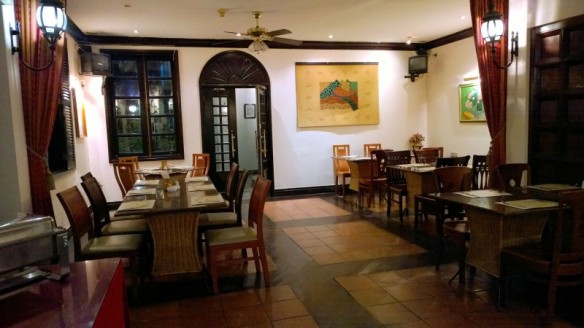
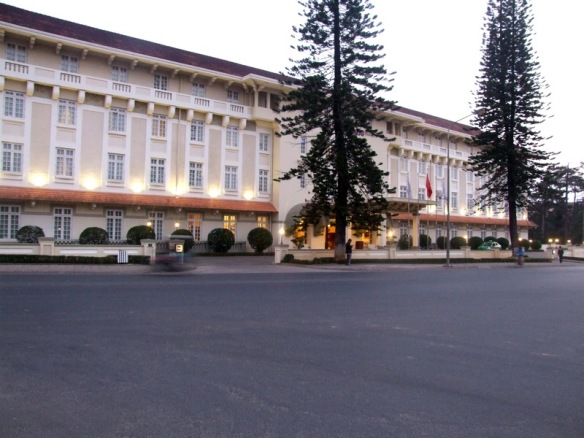
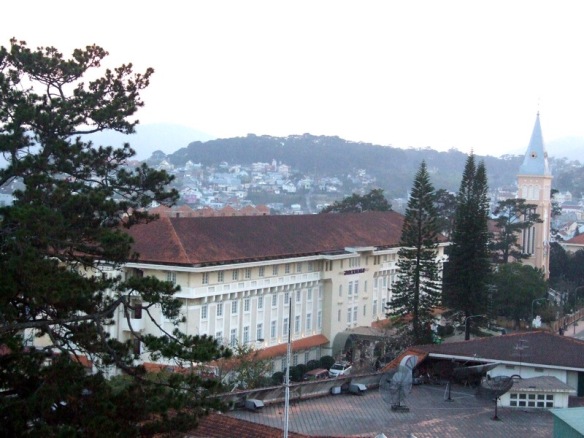
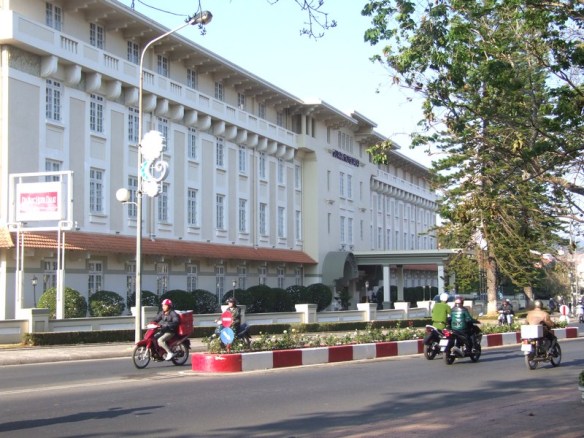
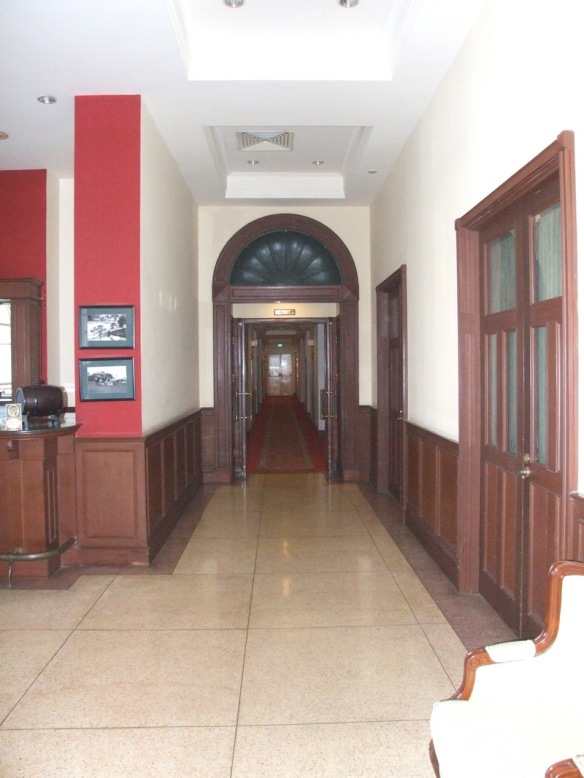
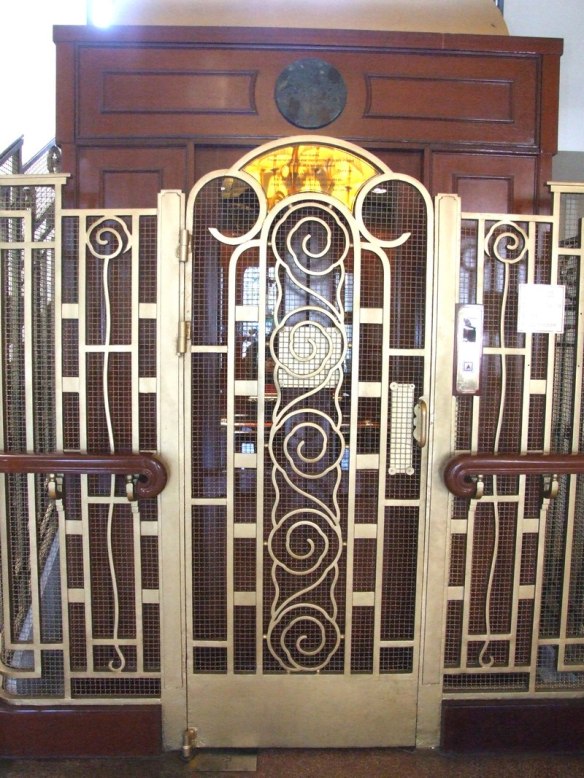
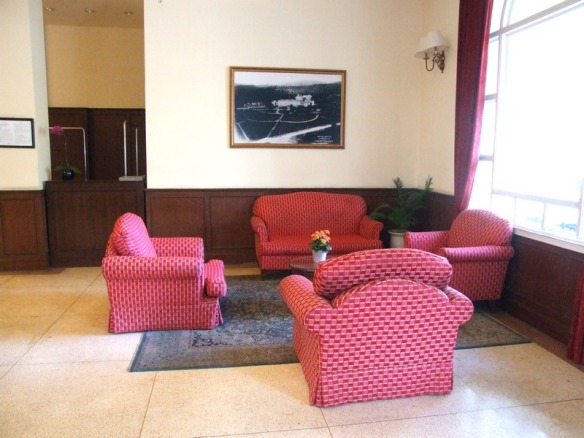
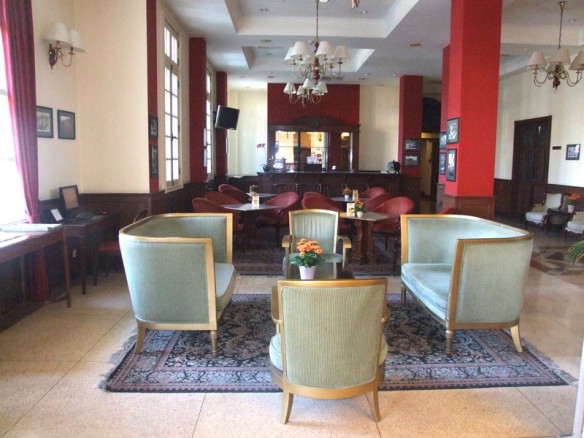
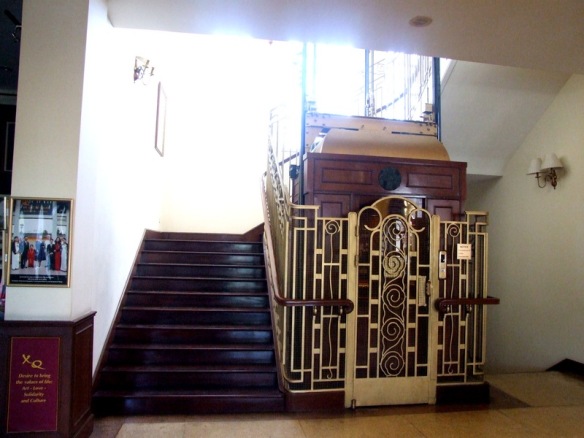
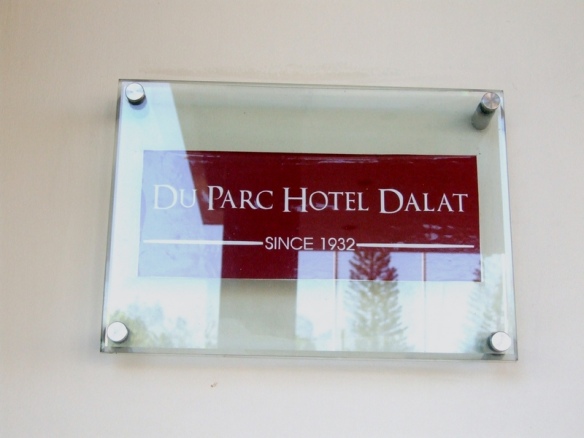
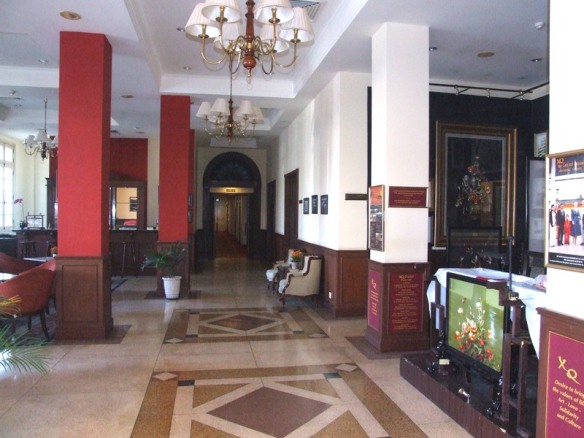
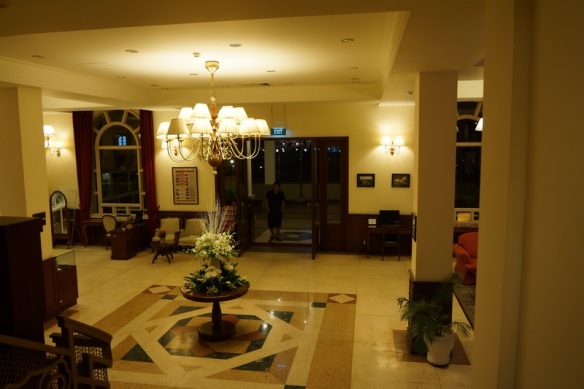
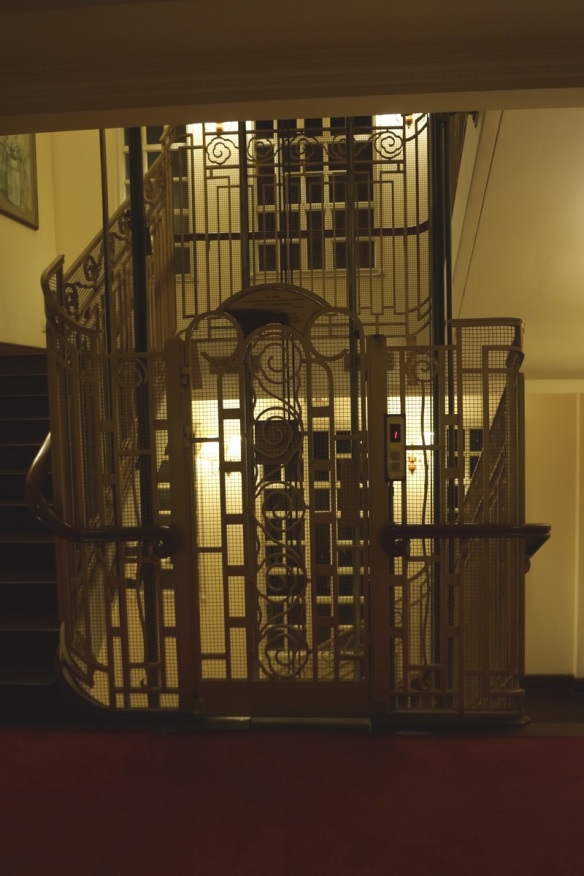
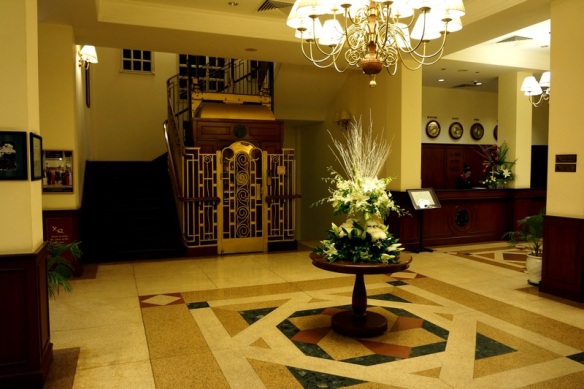
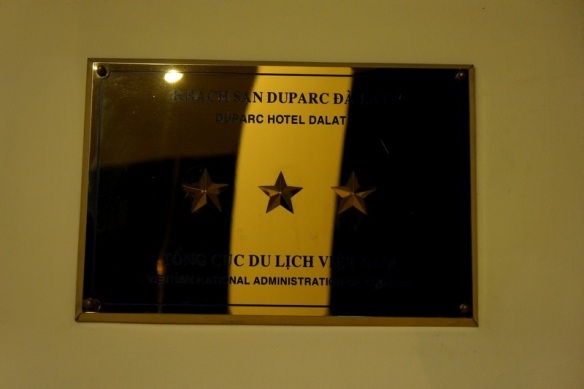
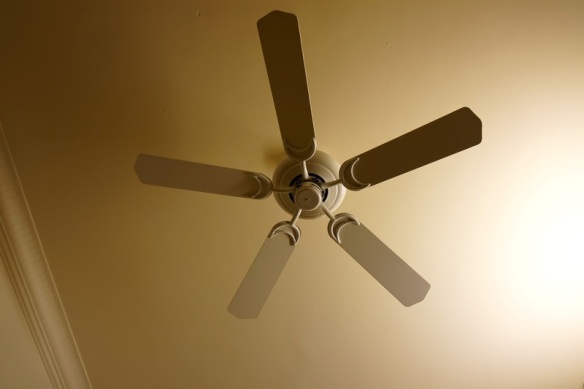
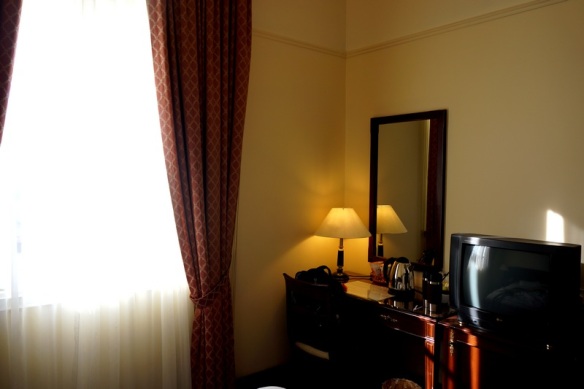
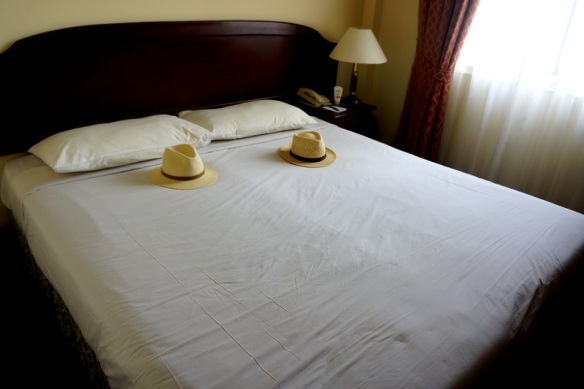
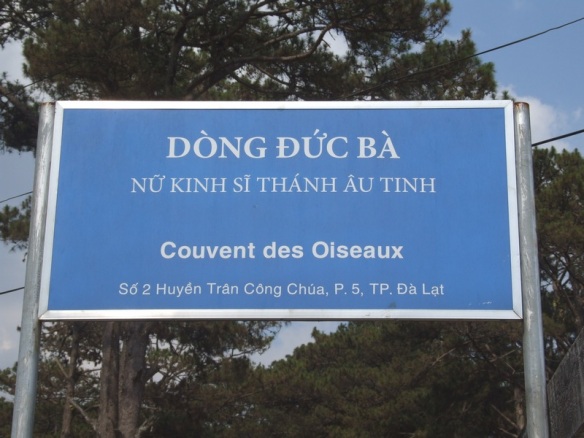
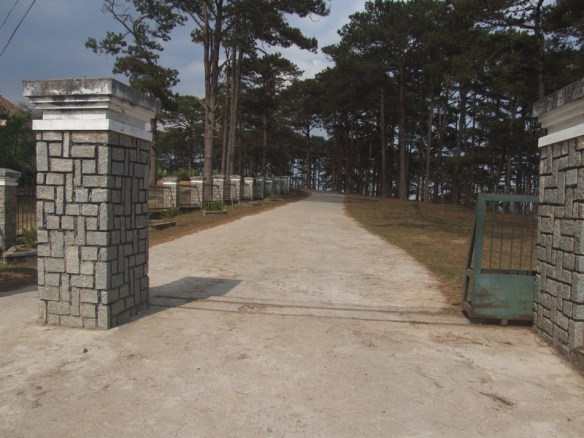
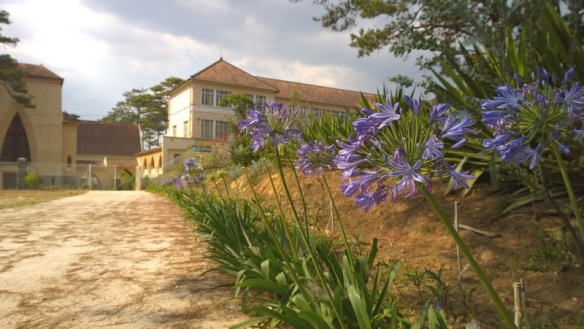
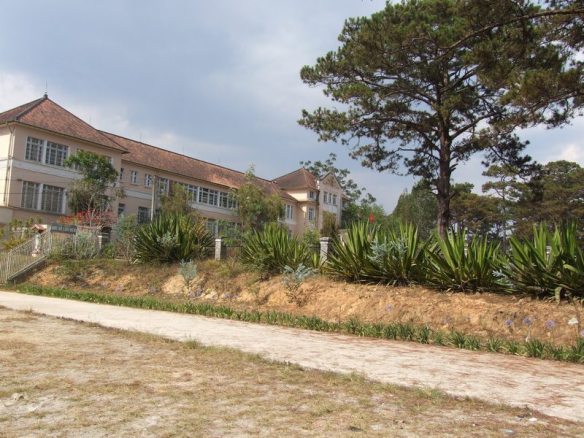
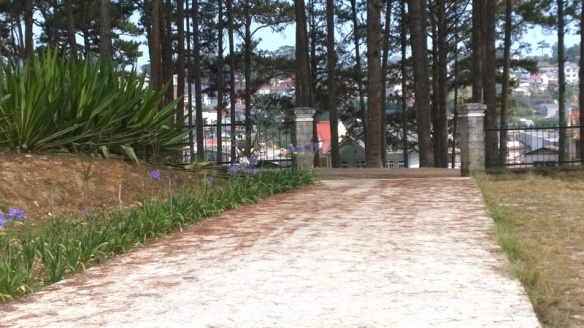
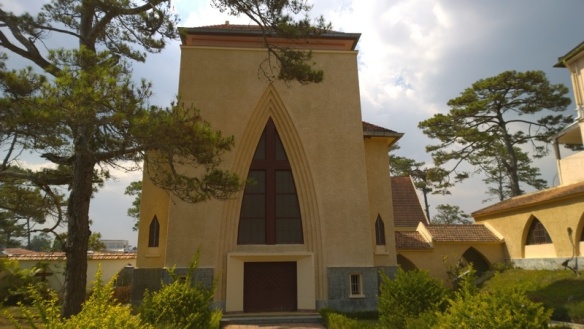
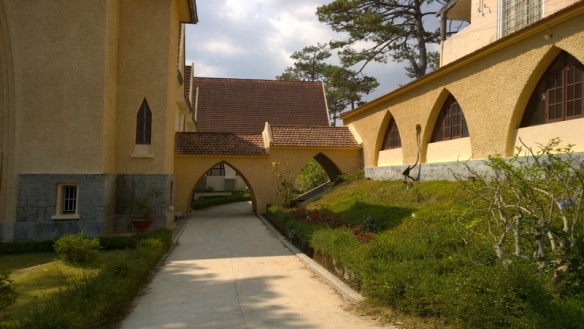
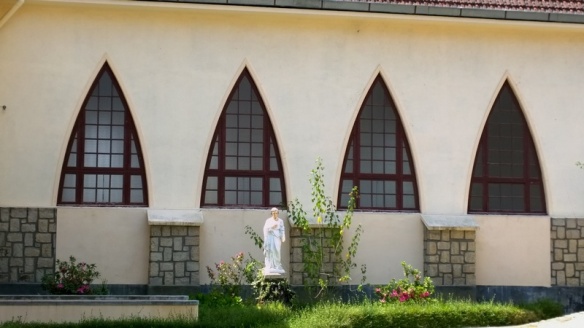
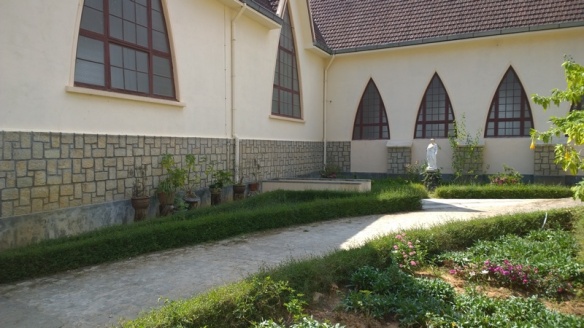
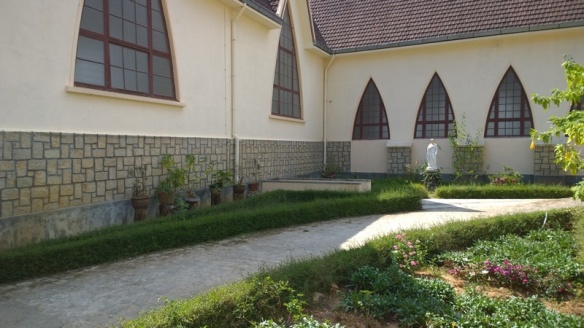
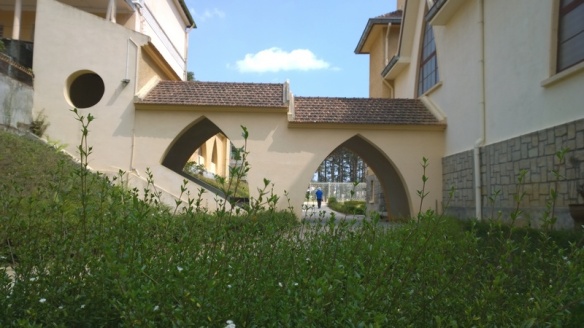
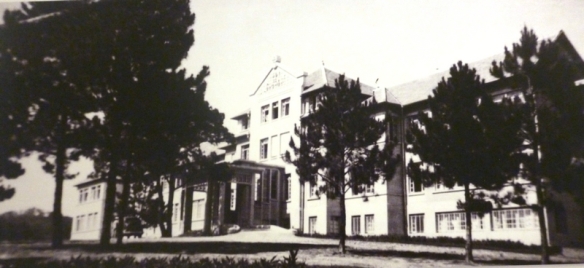
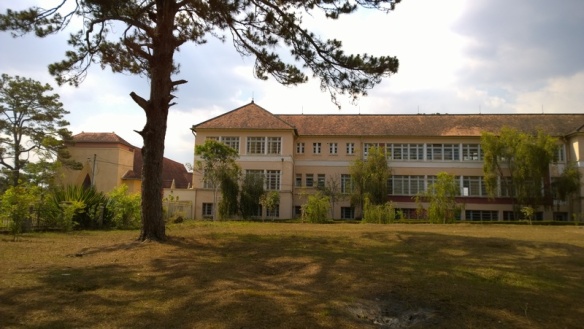
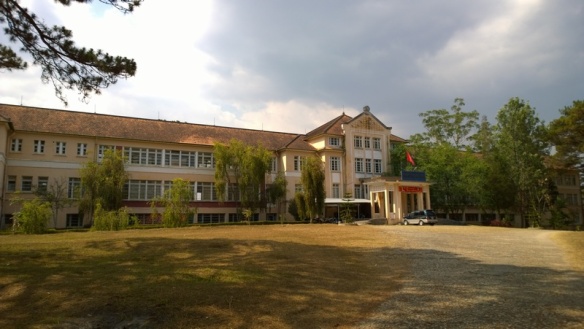
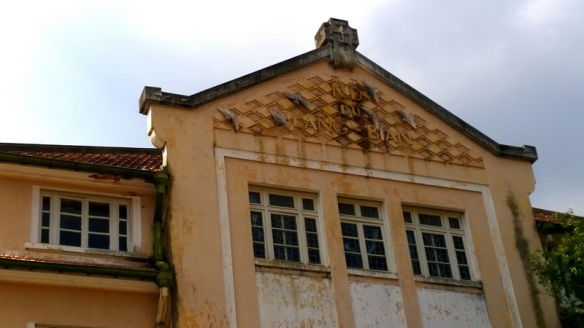
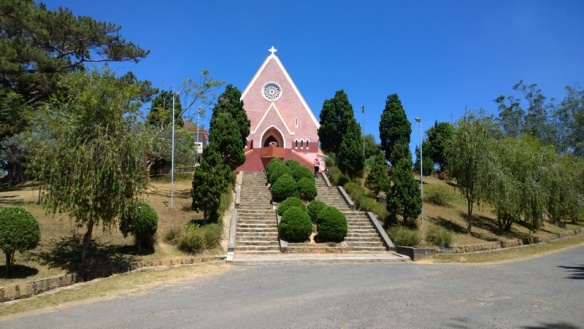
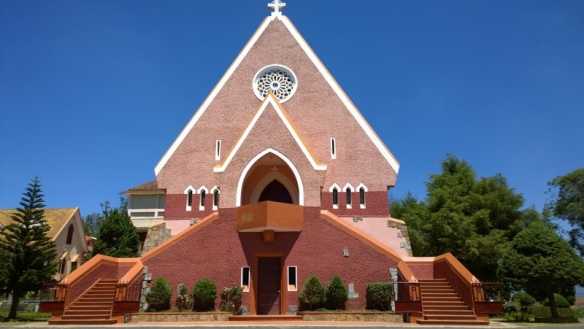
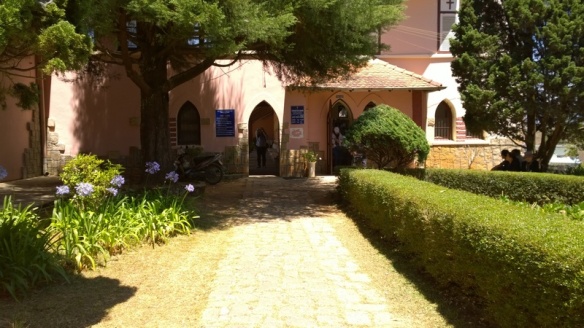
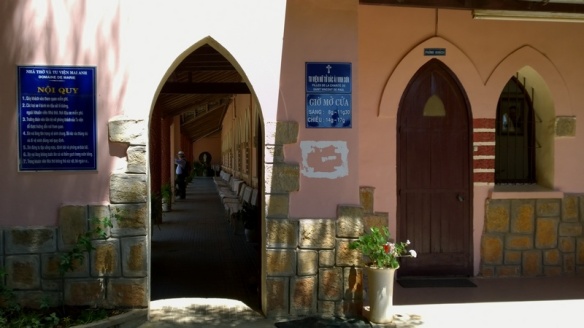
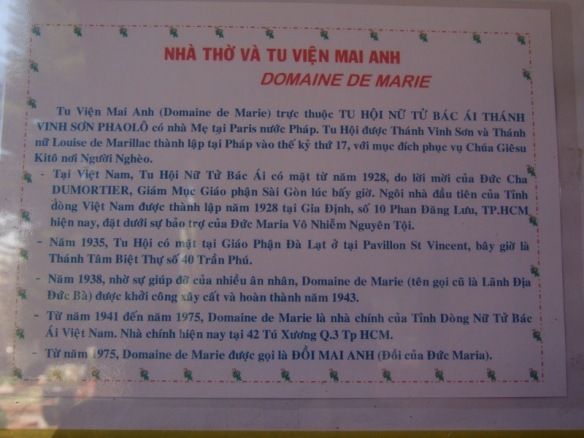
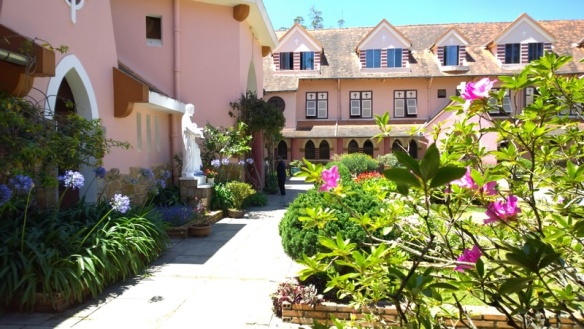
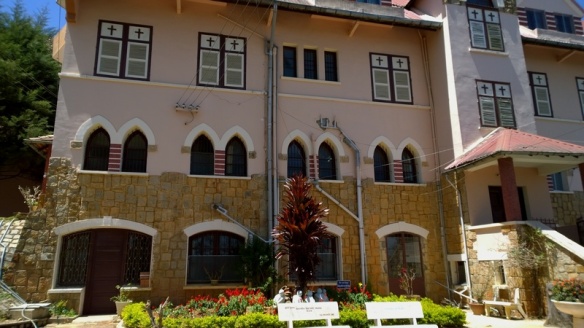
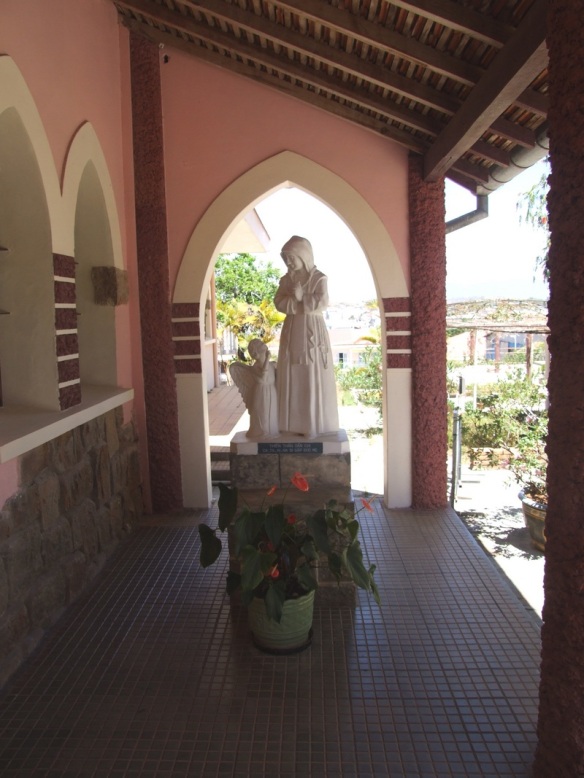
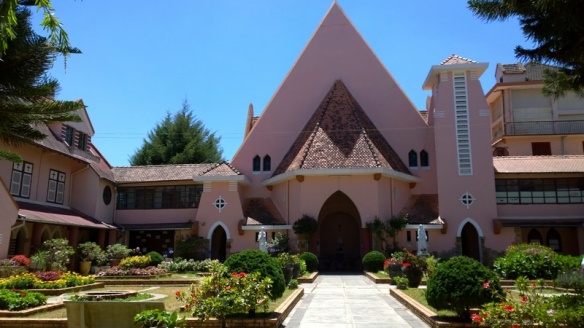
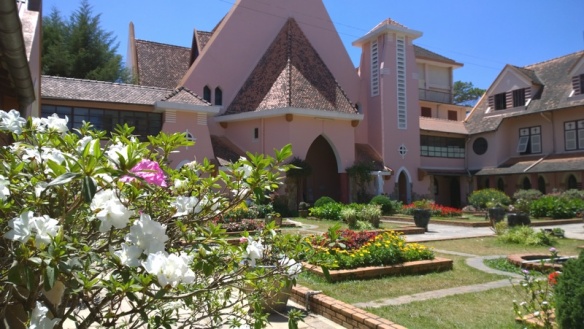
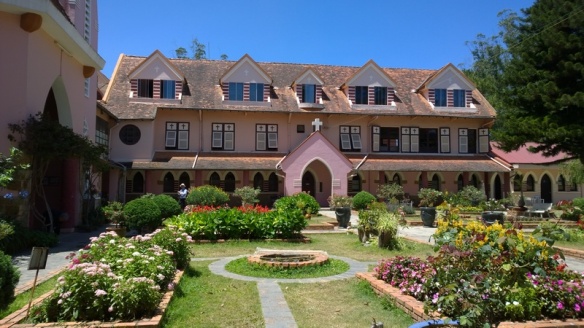
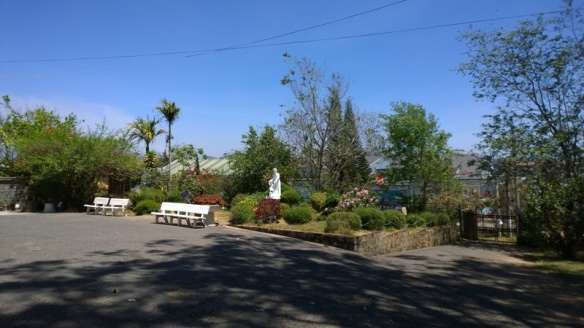
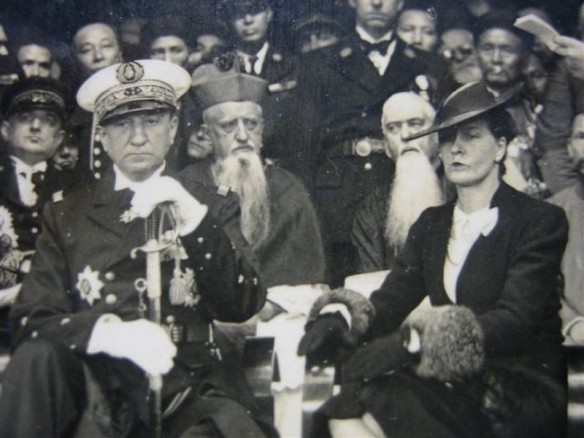
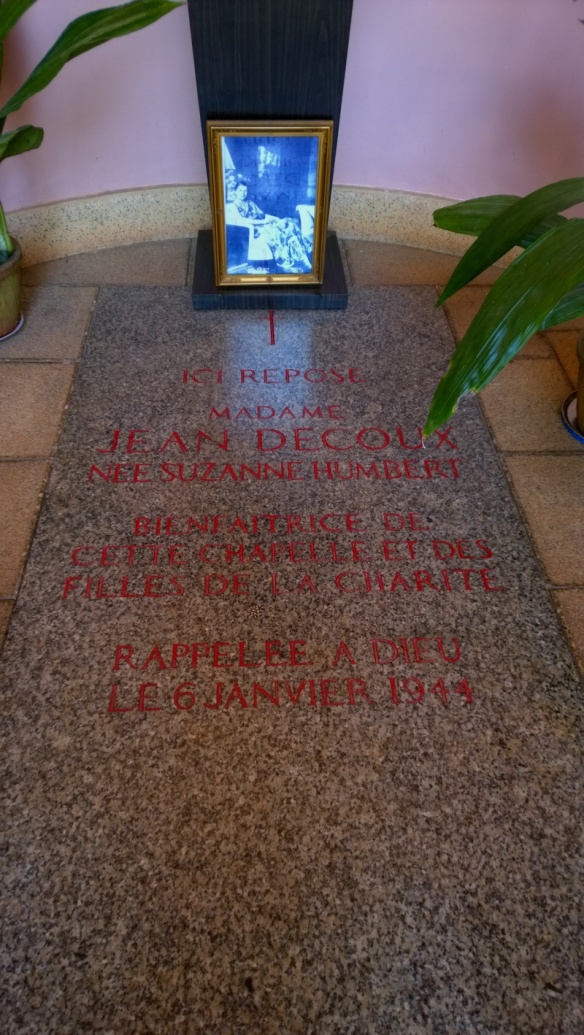
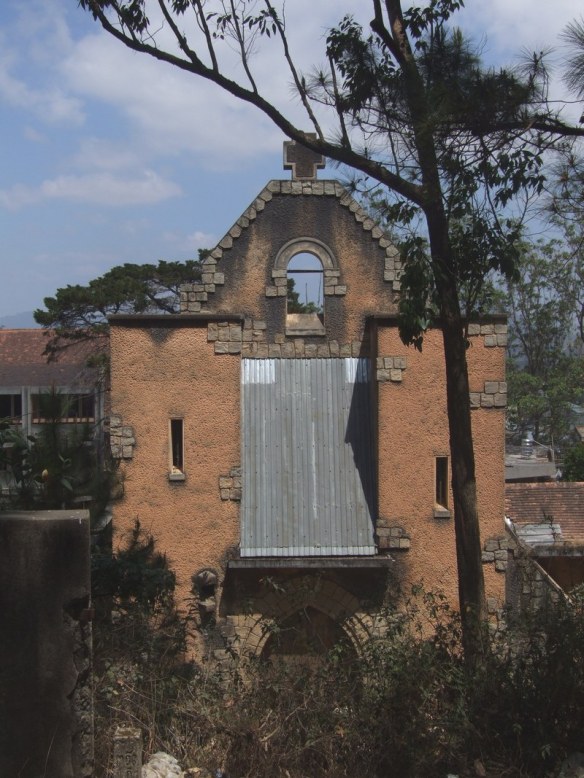
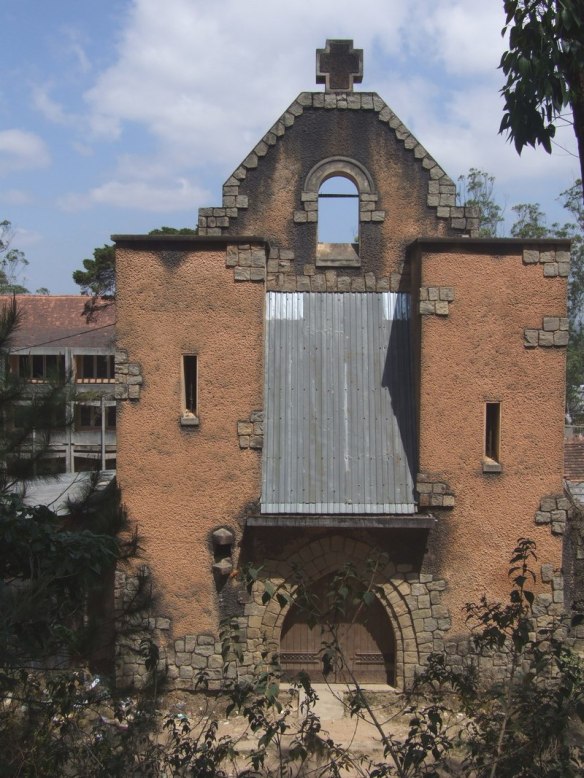
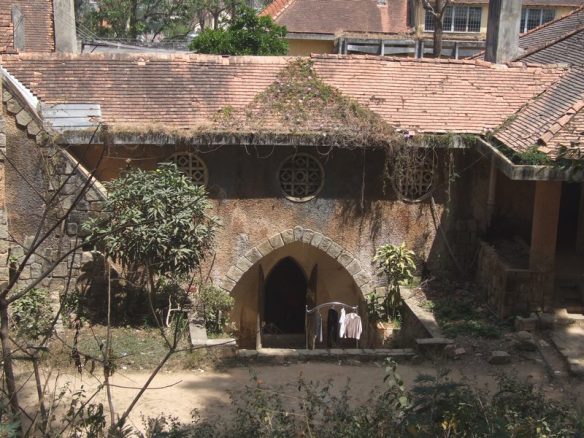
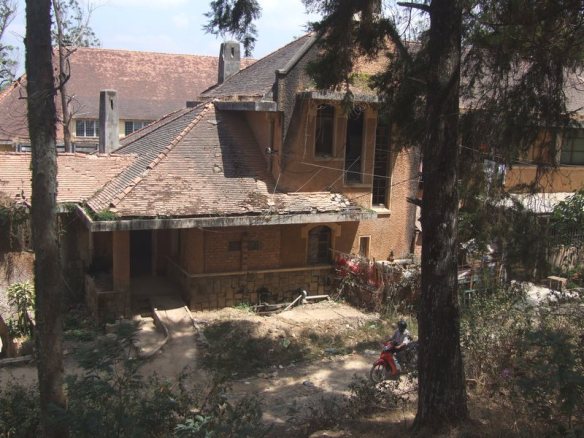
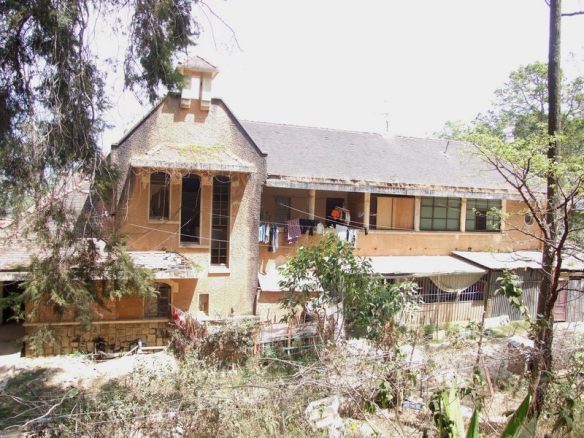
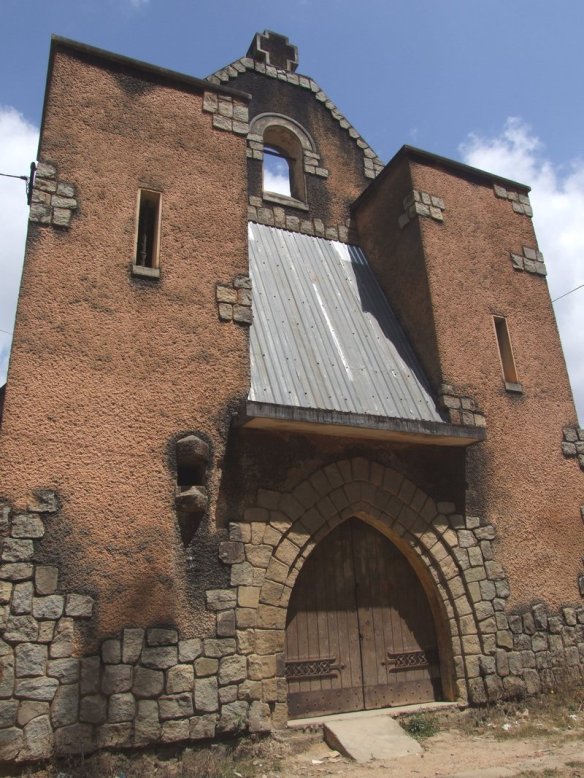
Hello, my name is Phong Dinh. It seems you’re interested in French involvement and architecture in Vietnam. I am living now at an old French villa in old quarter Hanoi’s built by Josef Lagisquet (son of Jaques Lagisquet, the architect of the Grand Opera in Hanoi in 1900s). Dinhthephong@gmail.com. +84-869275308
LikeLike